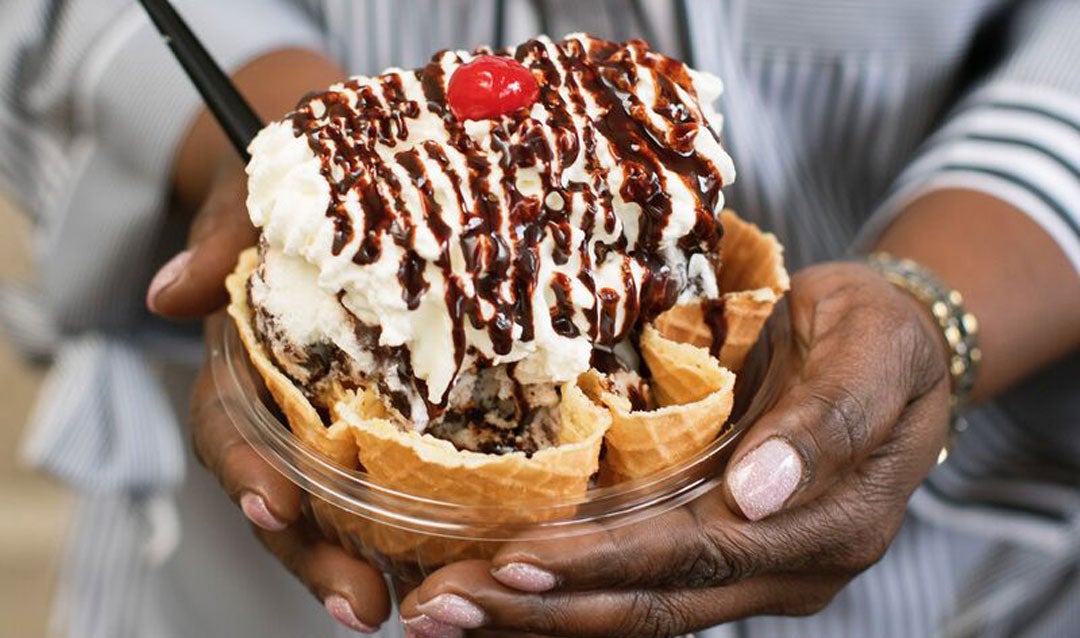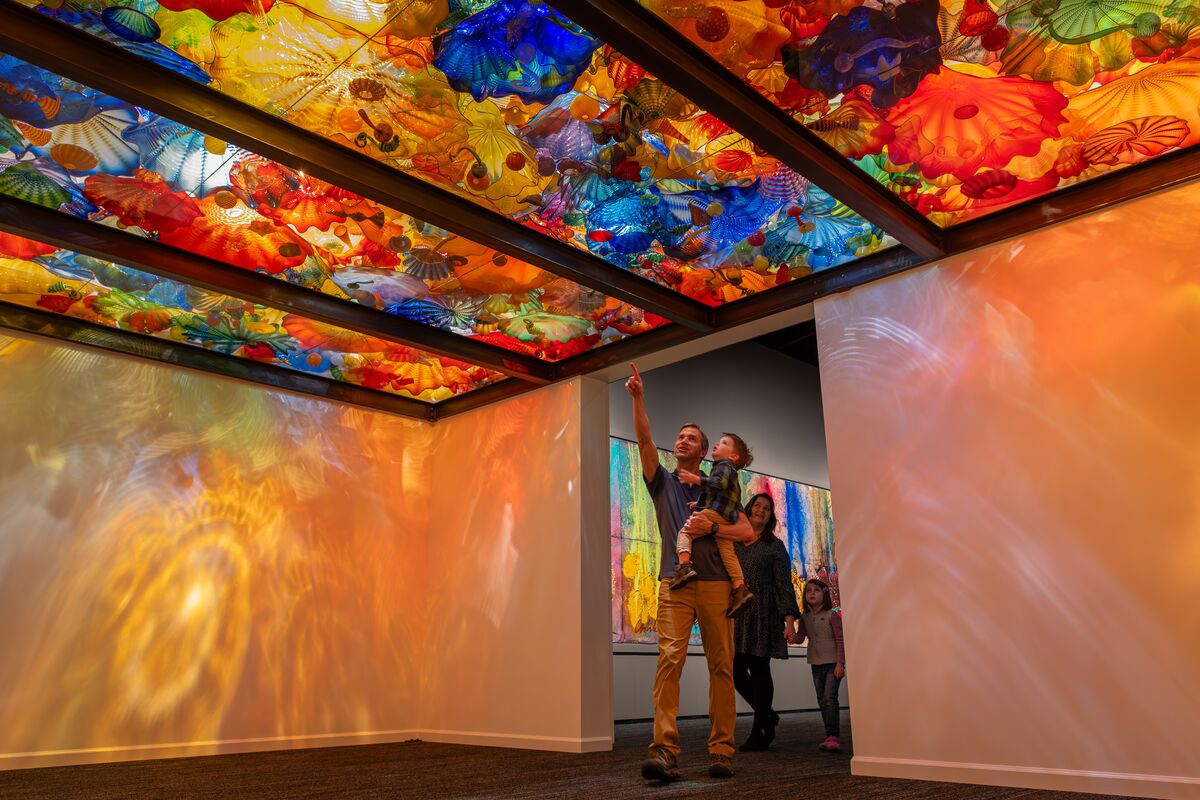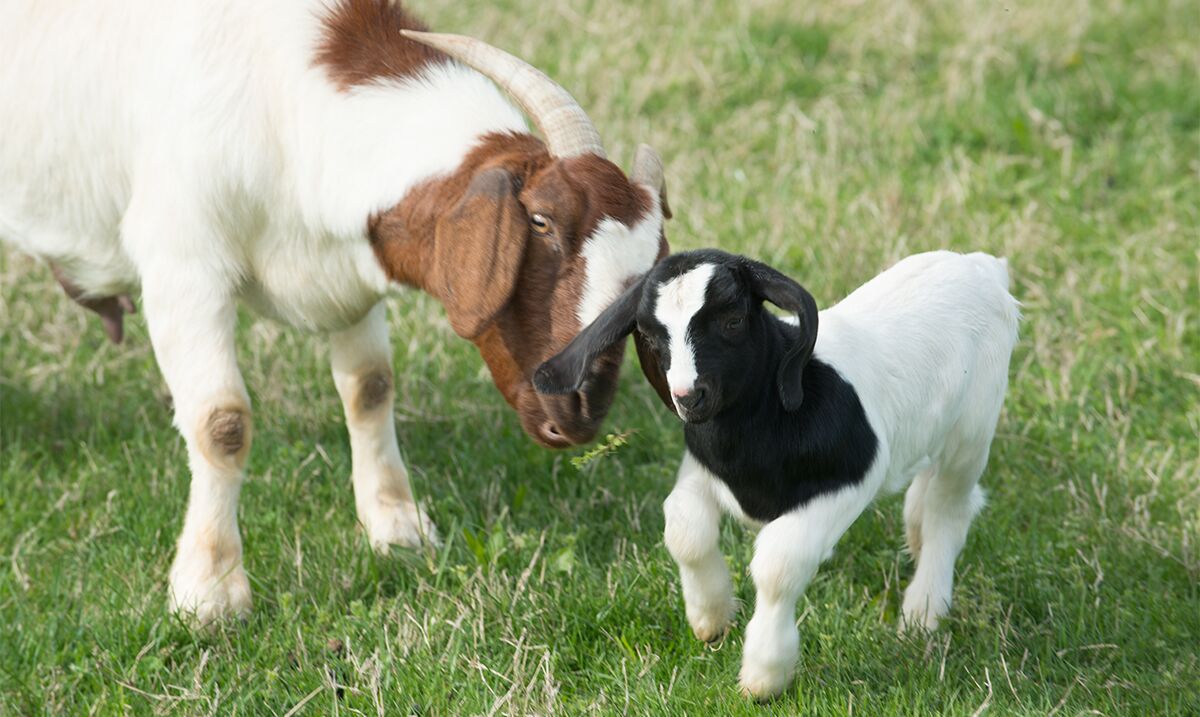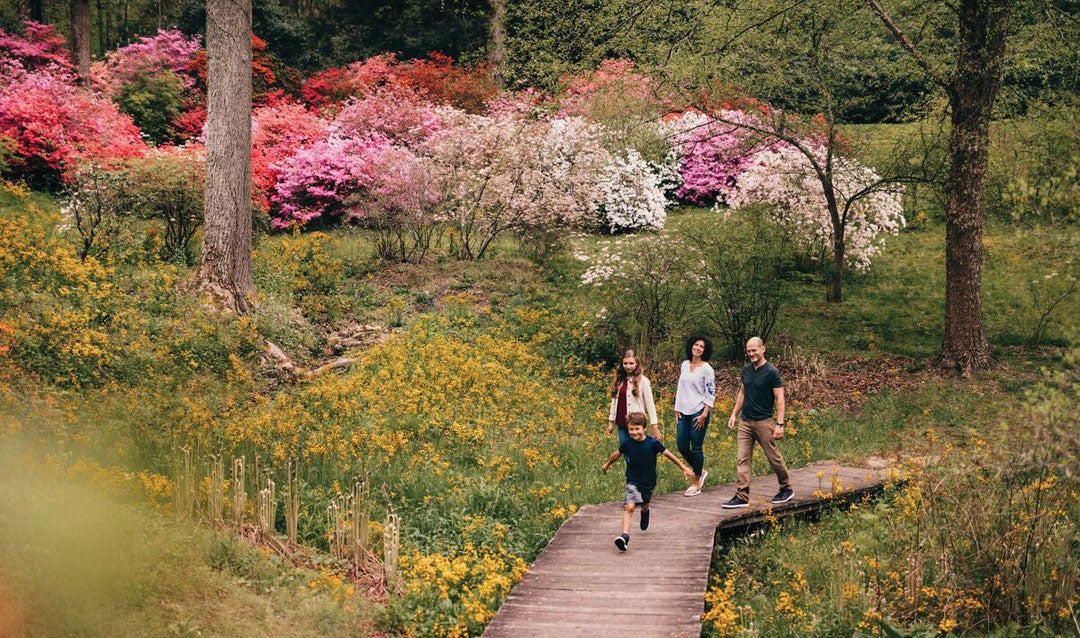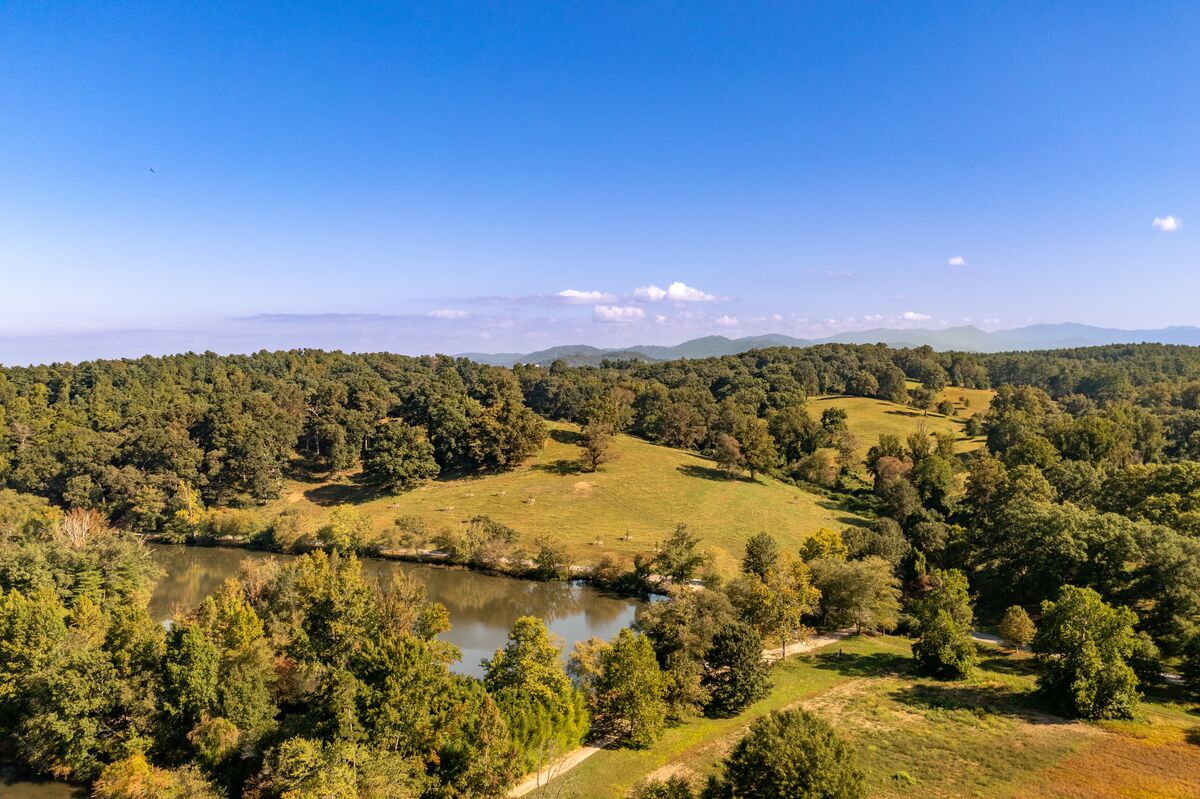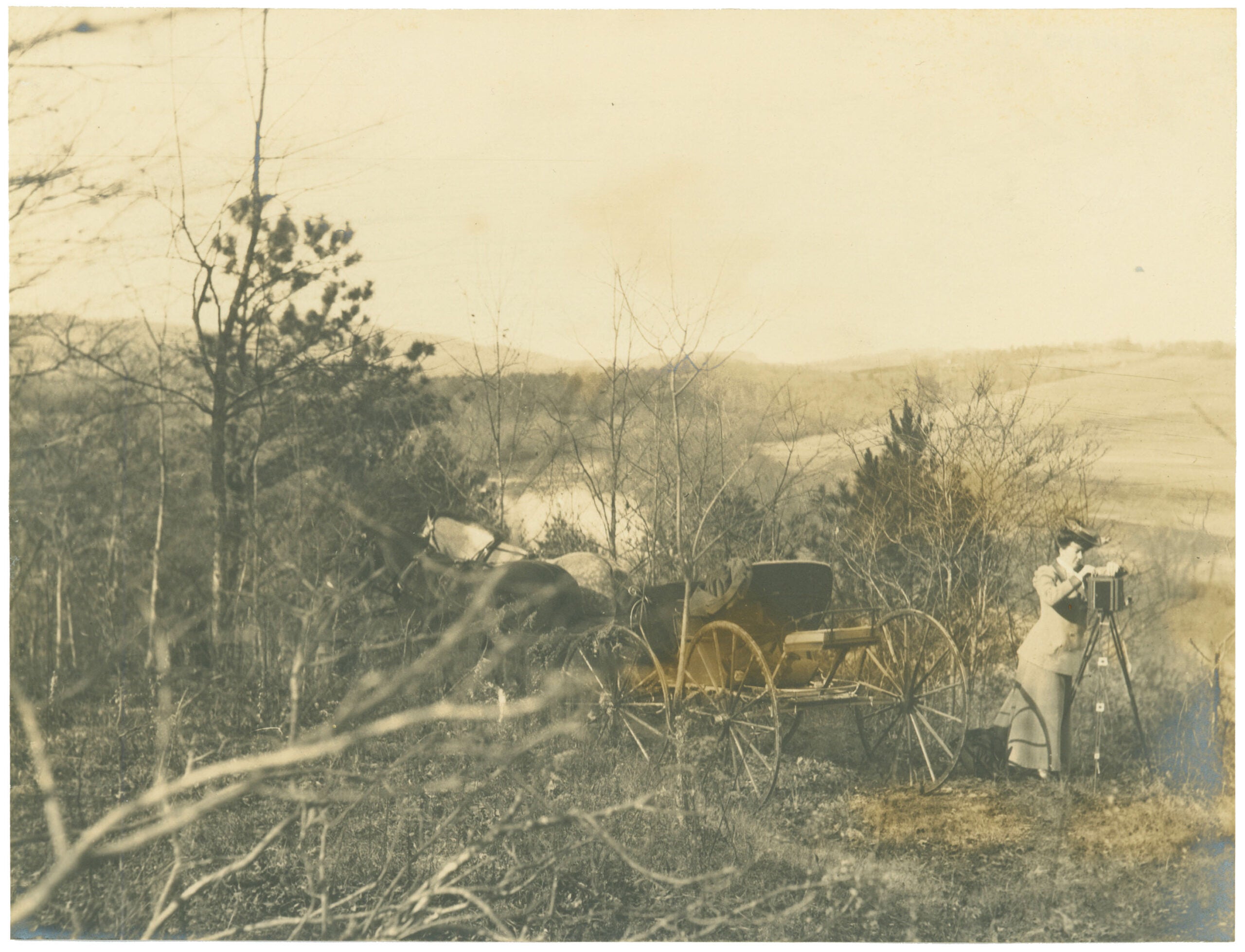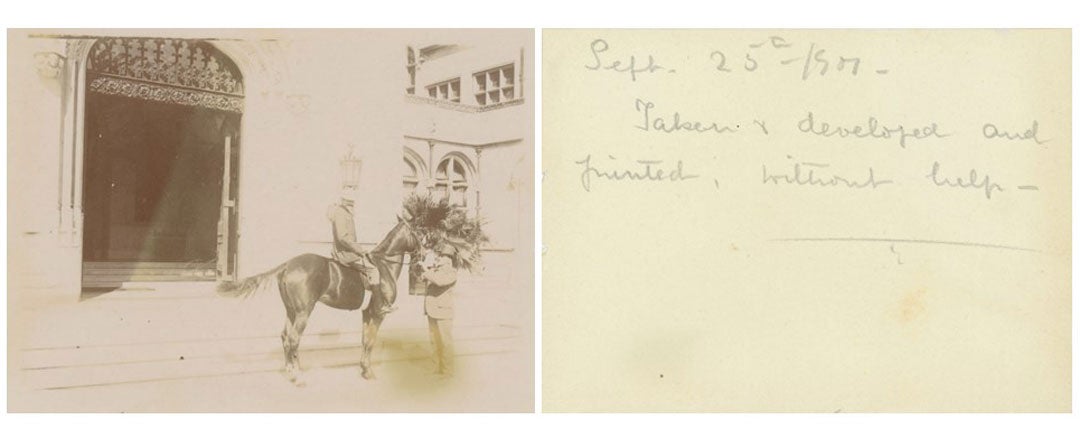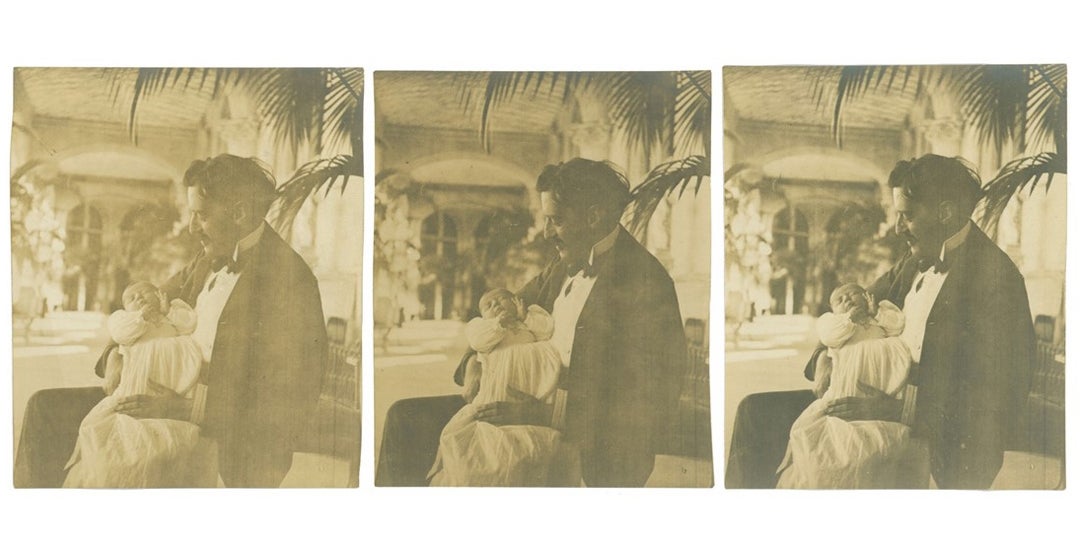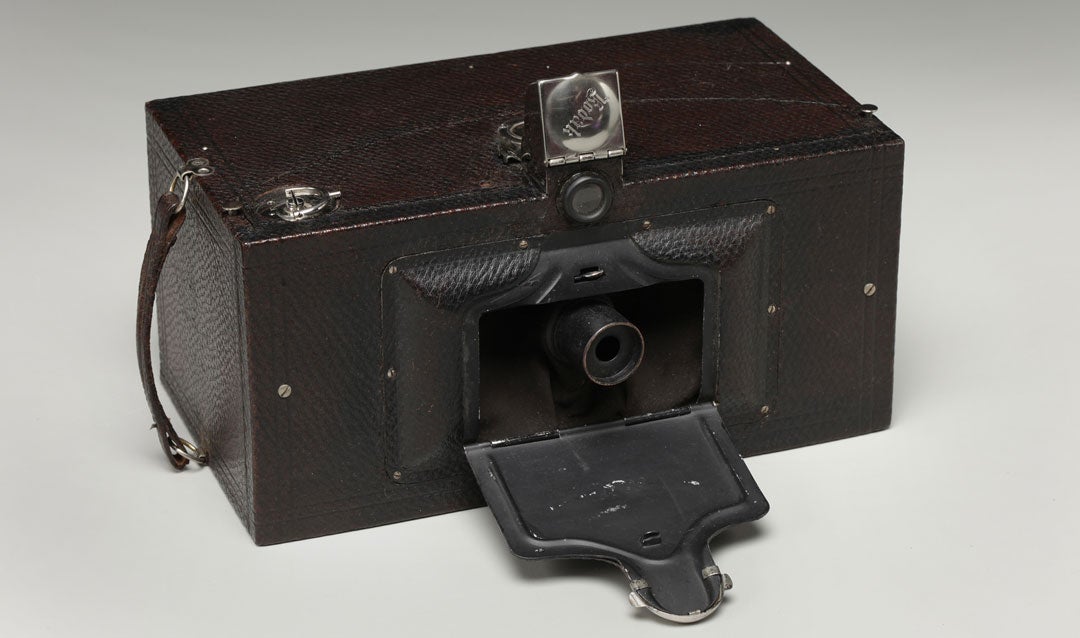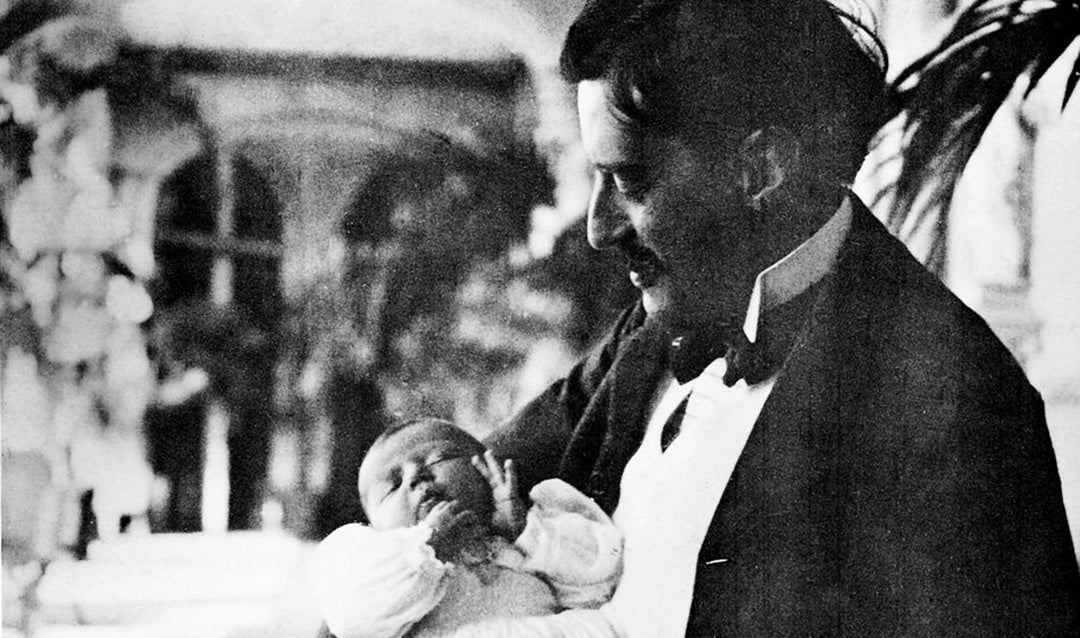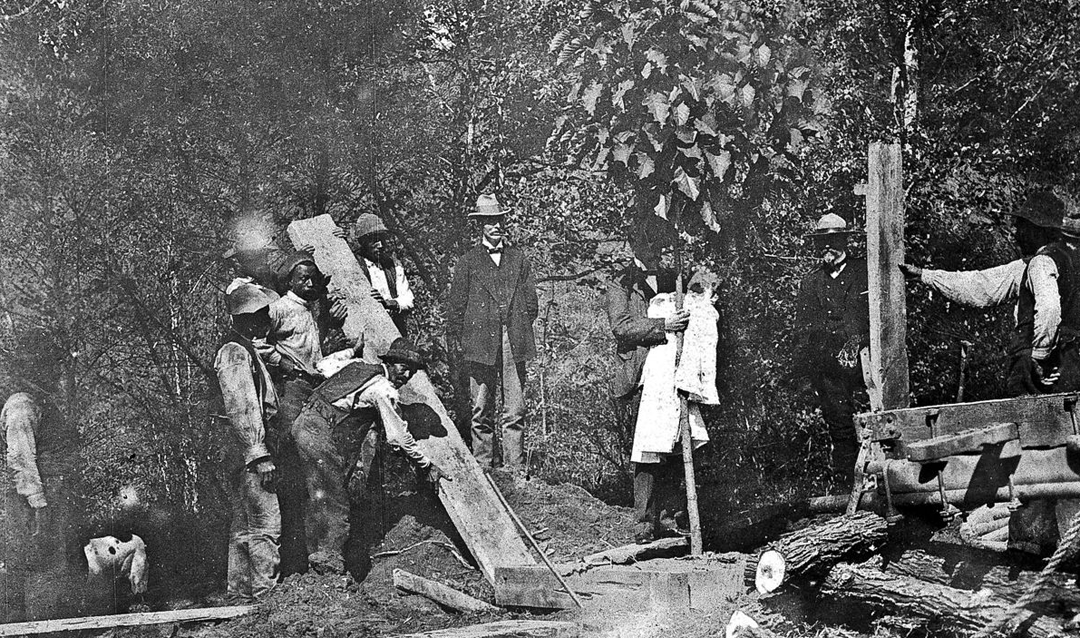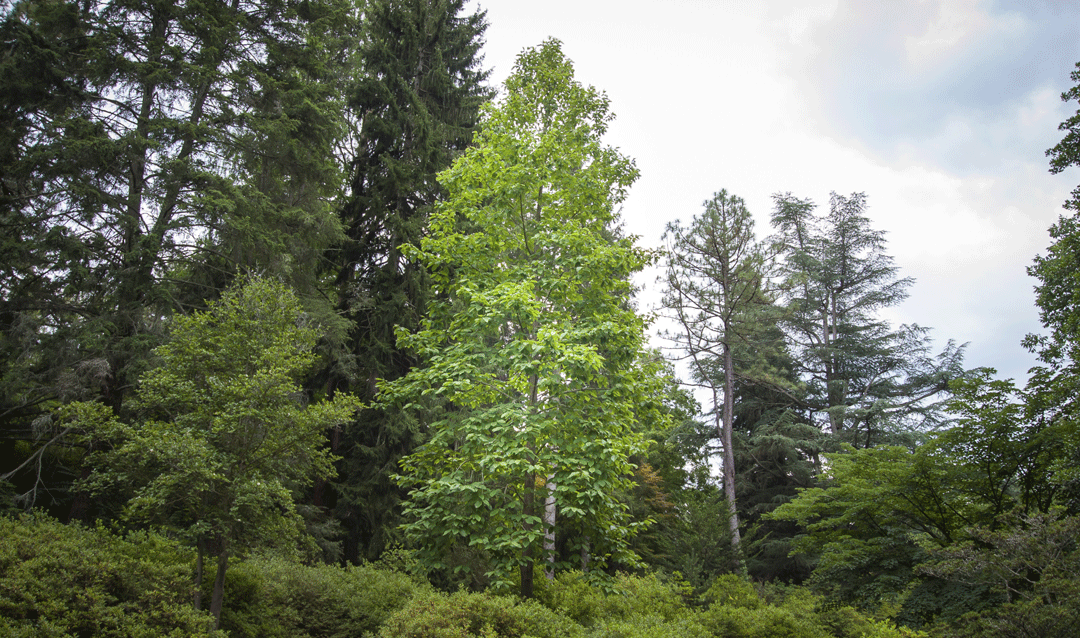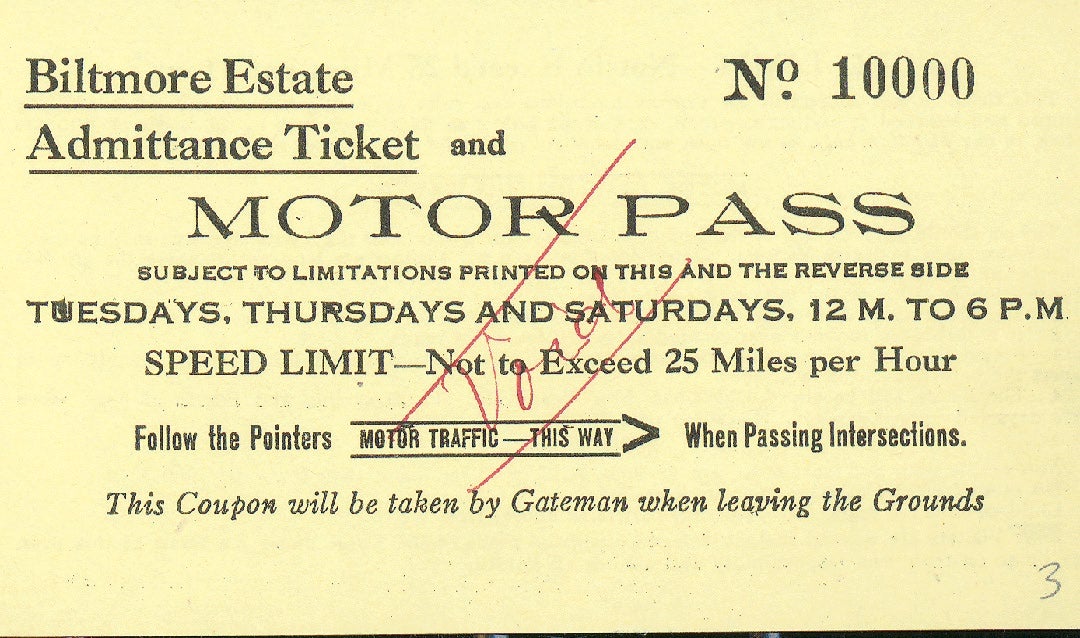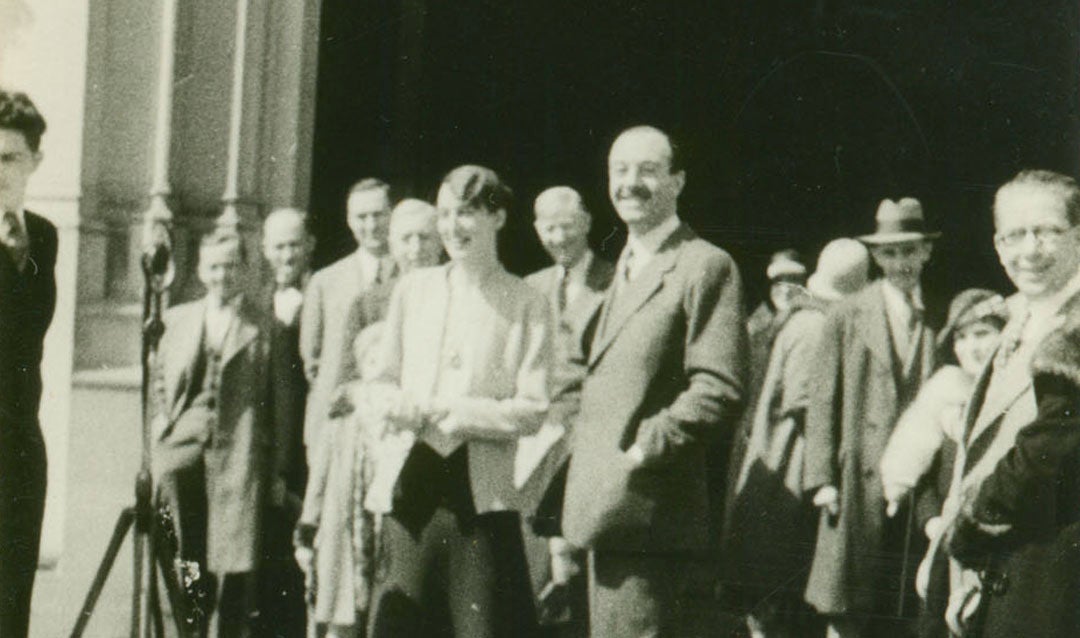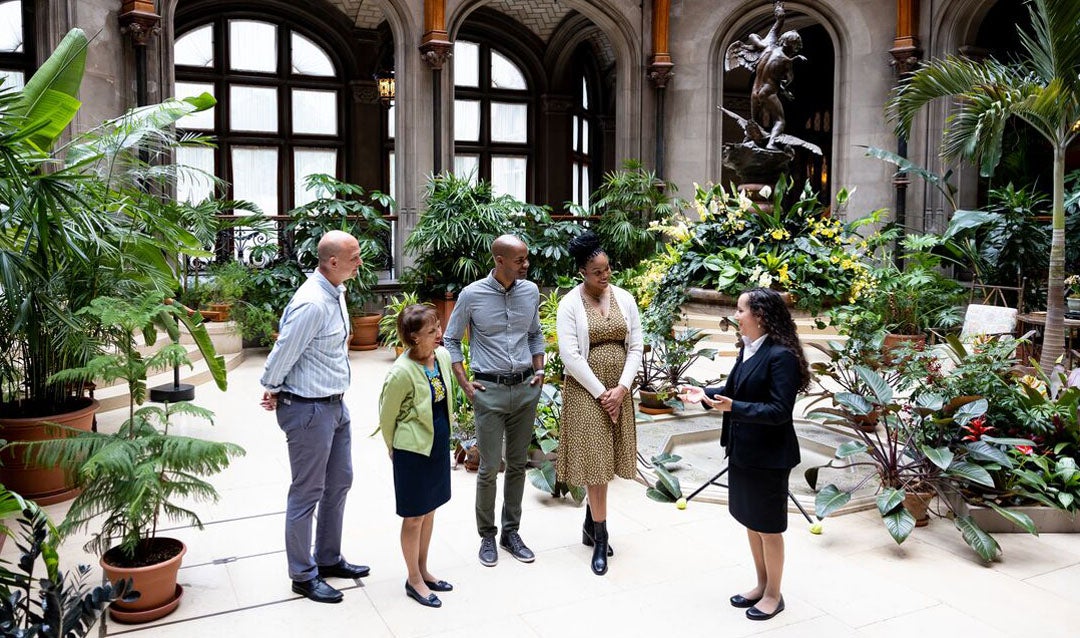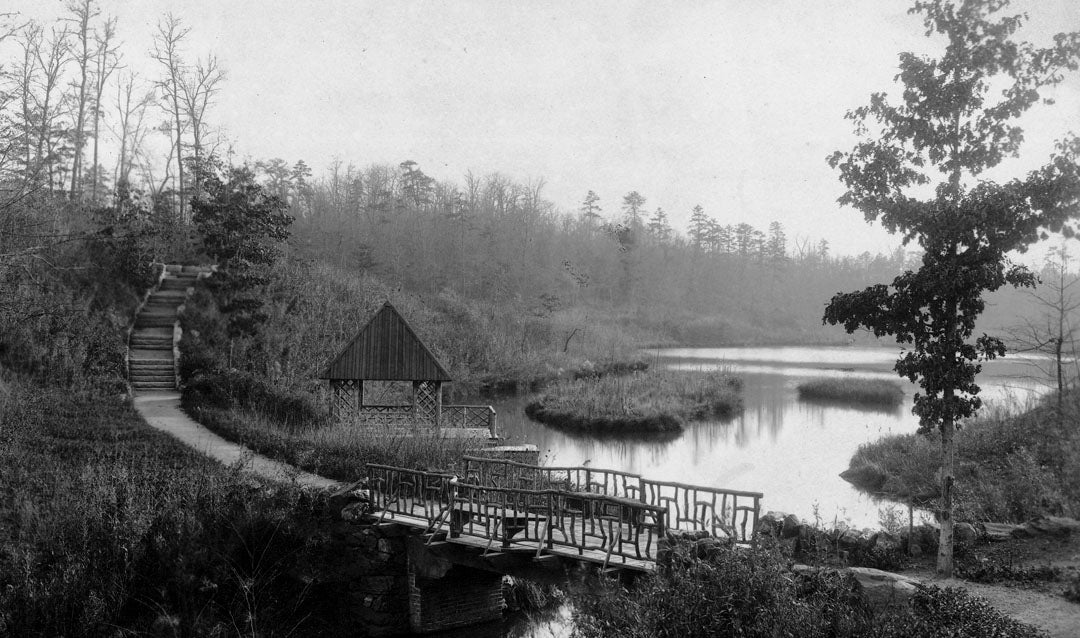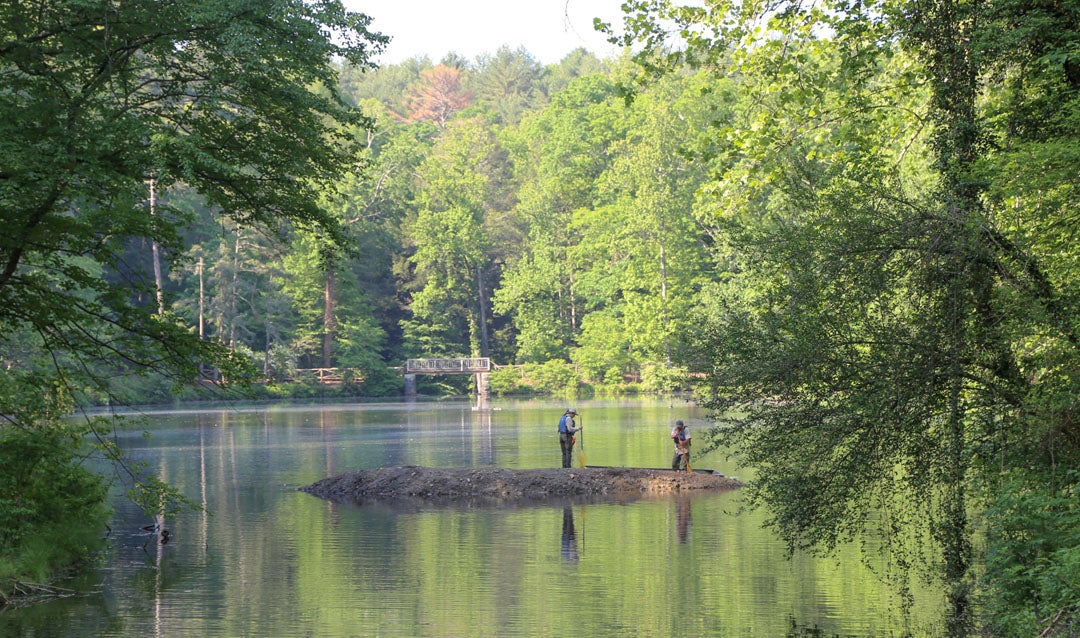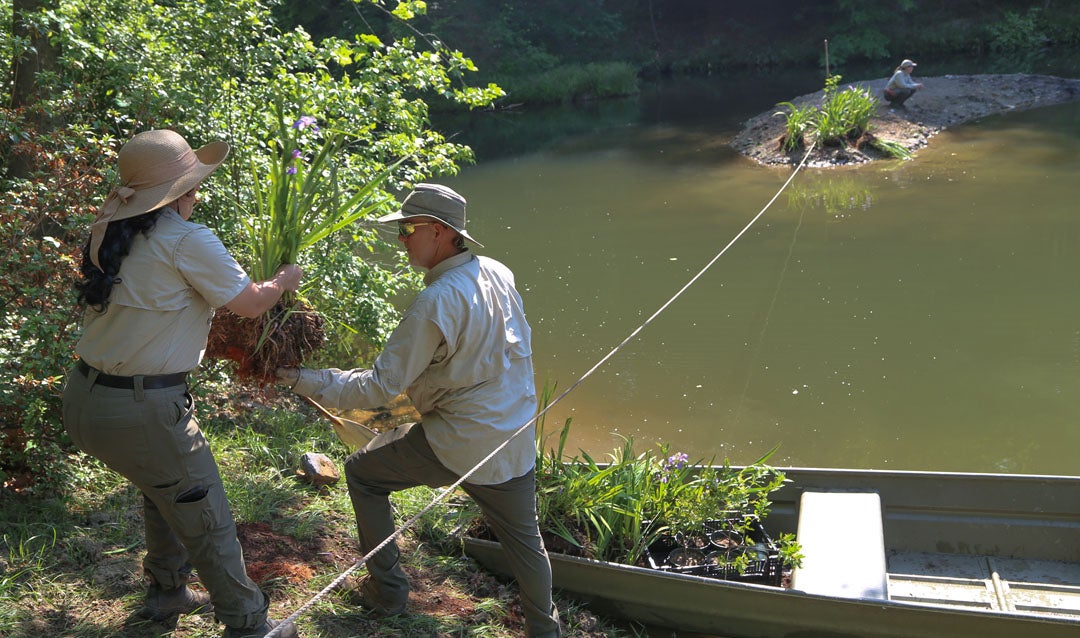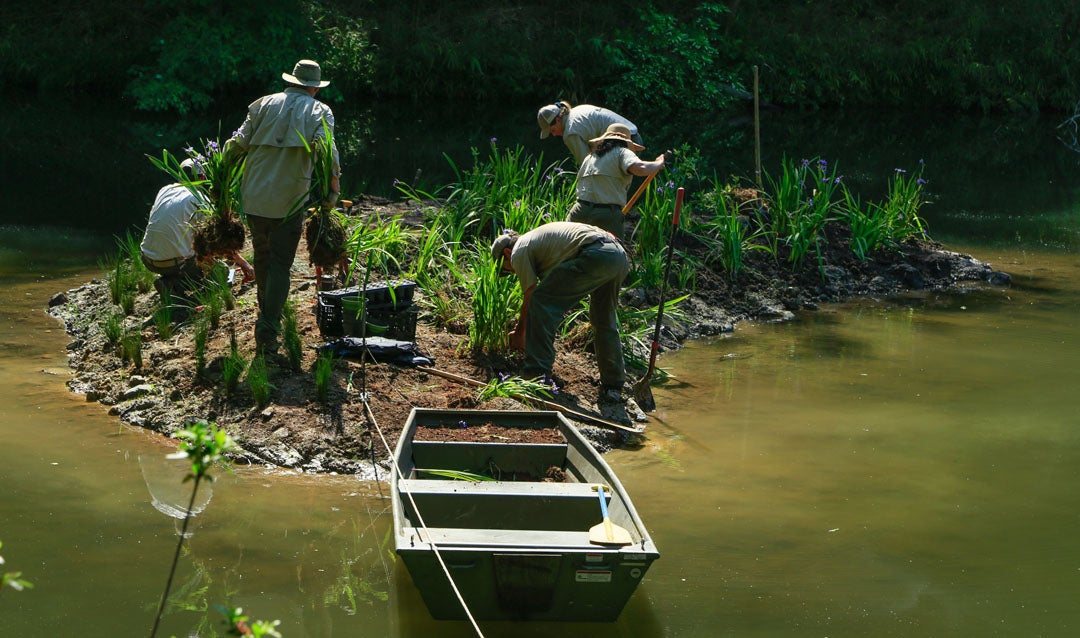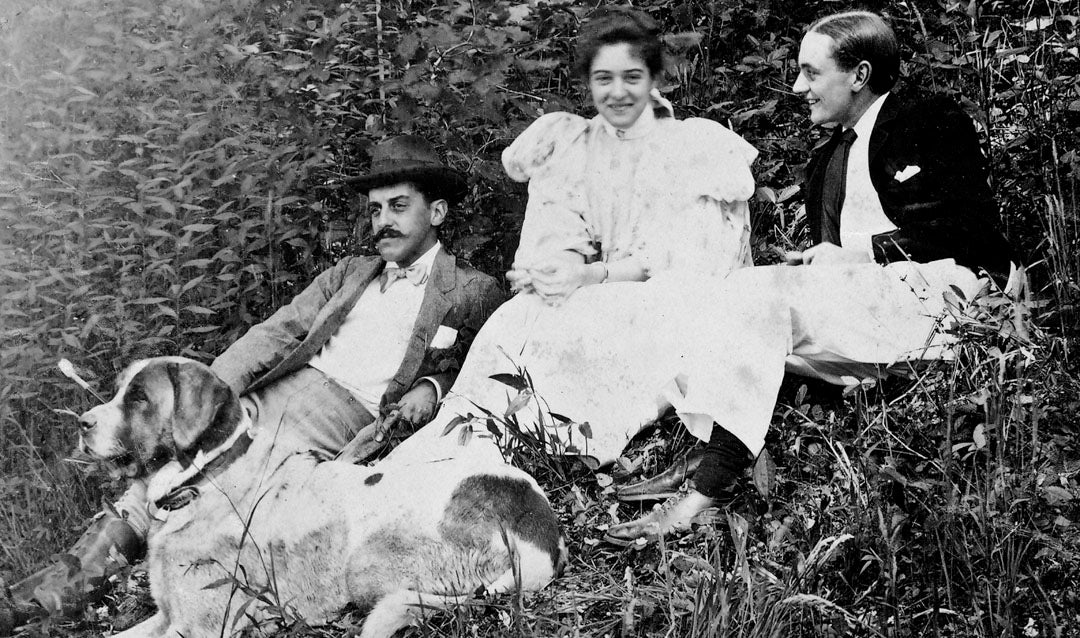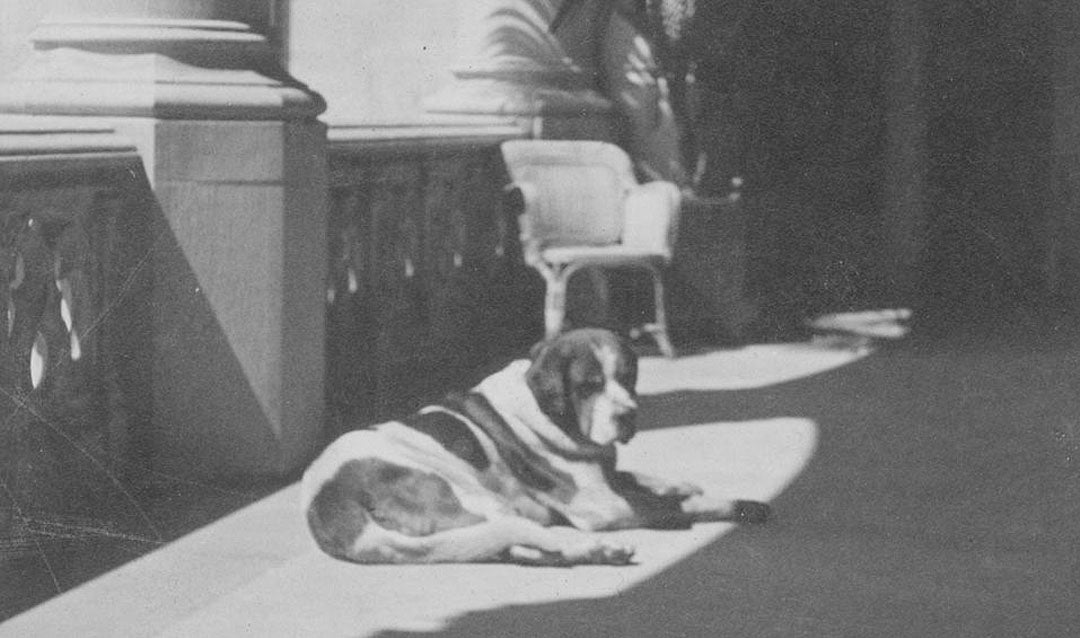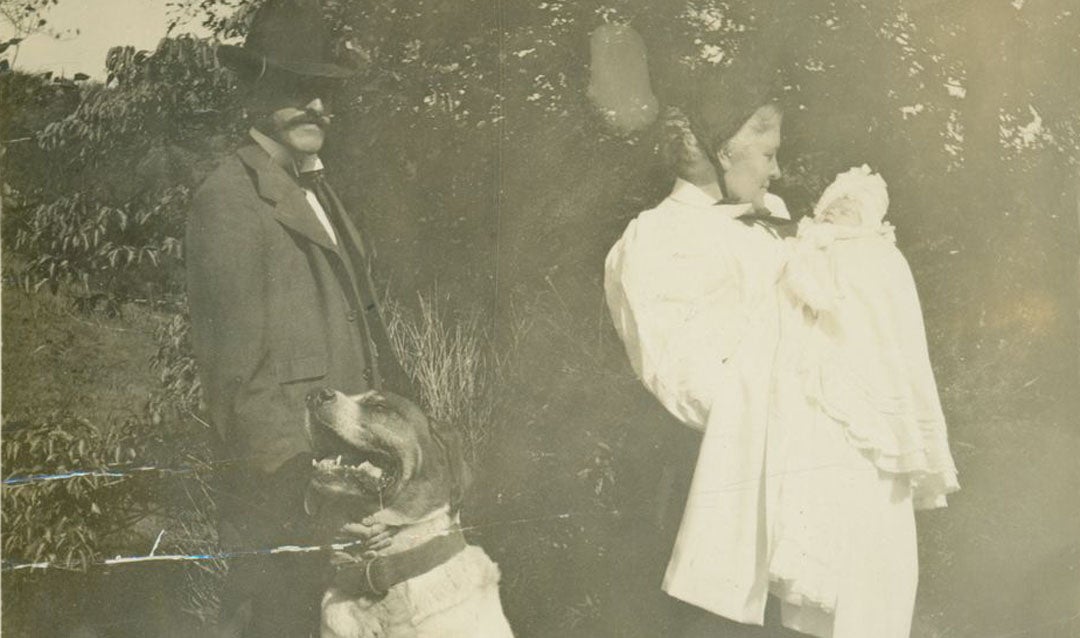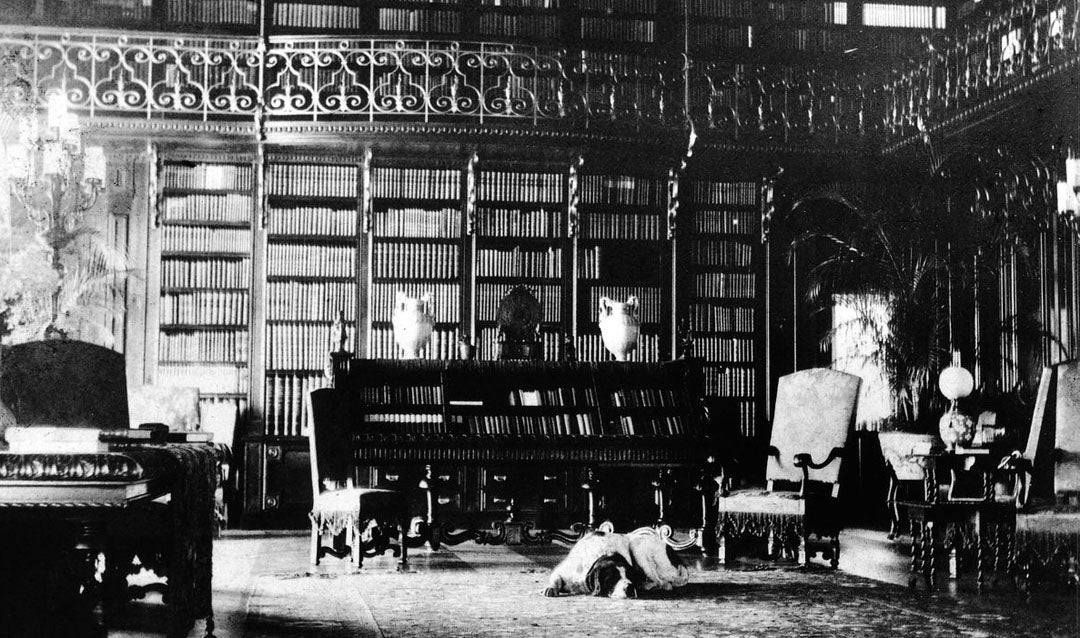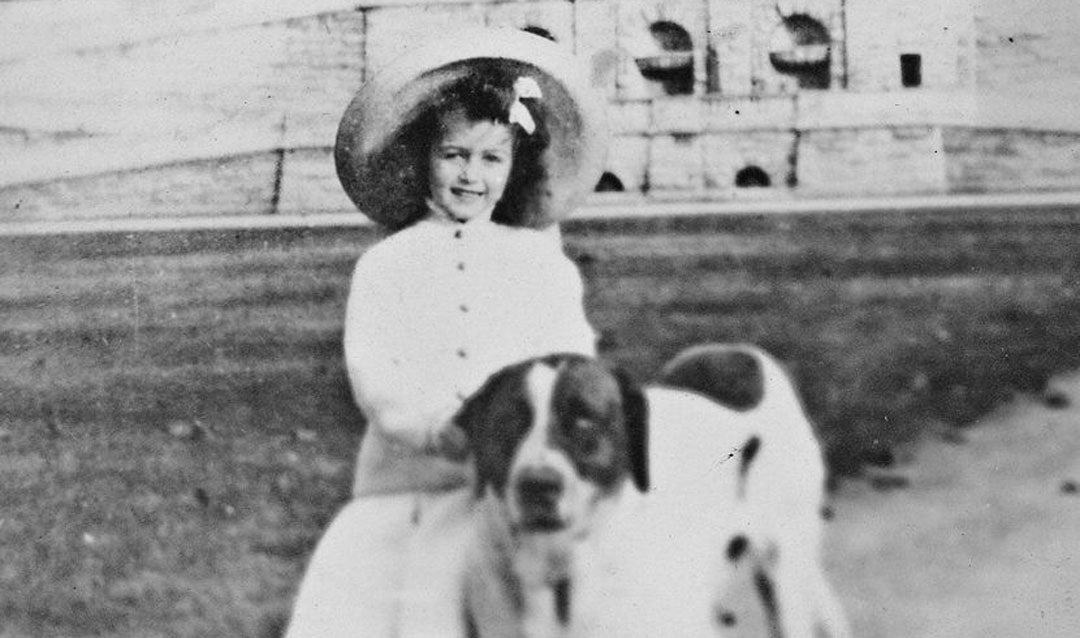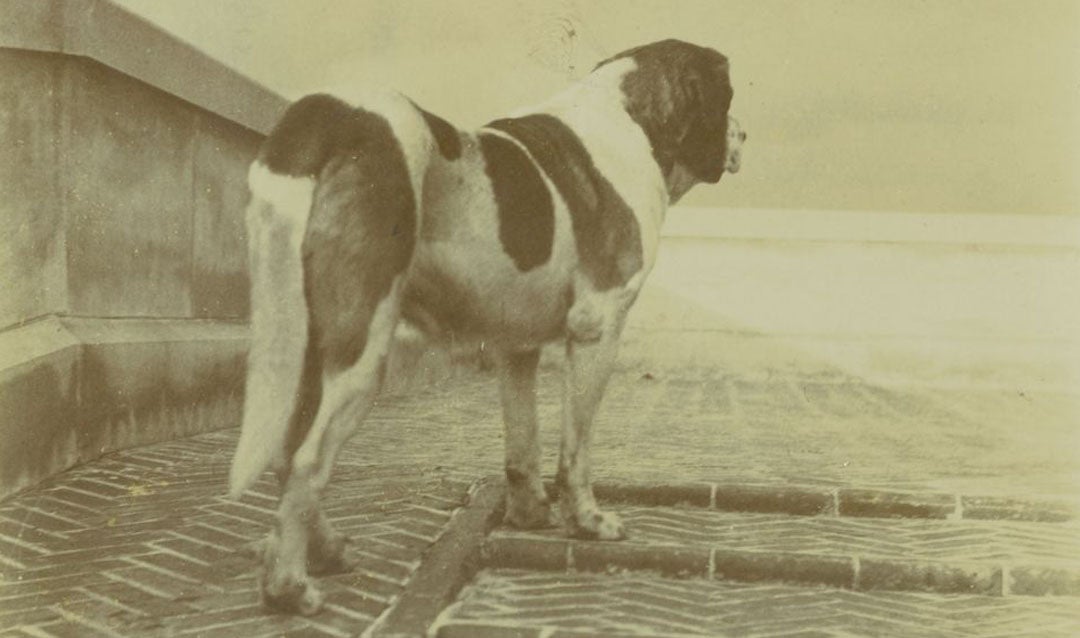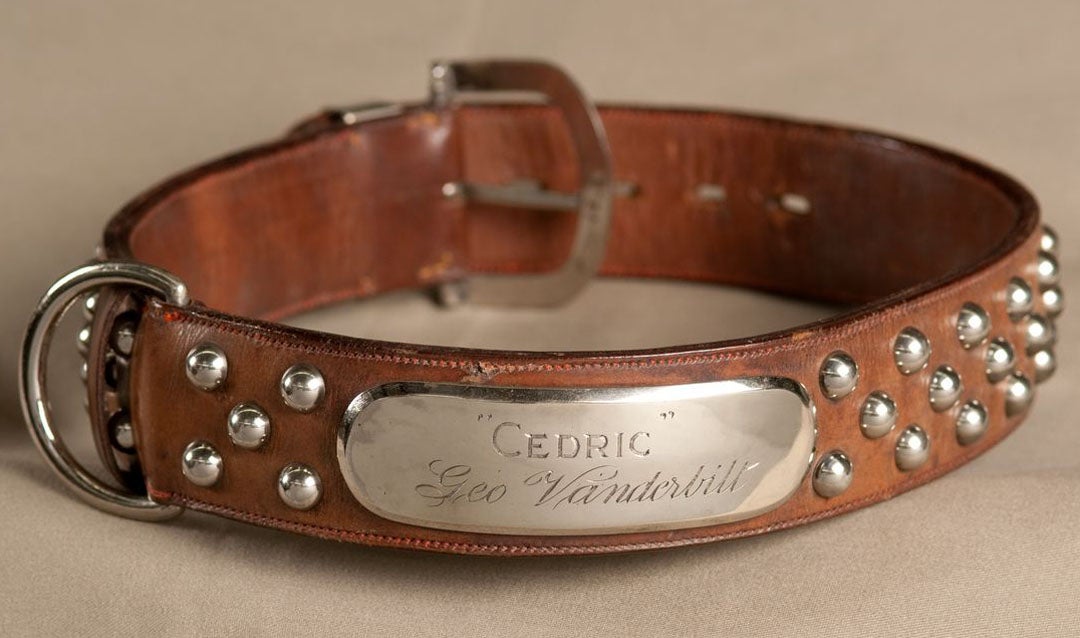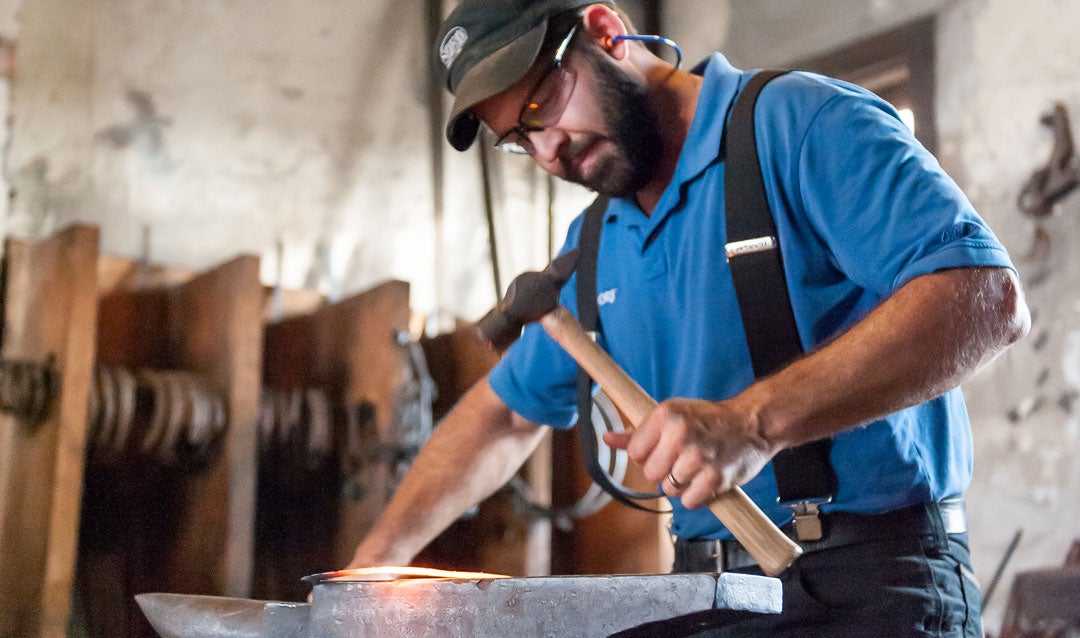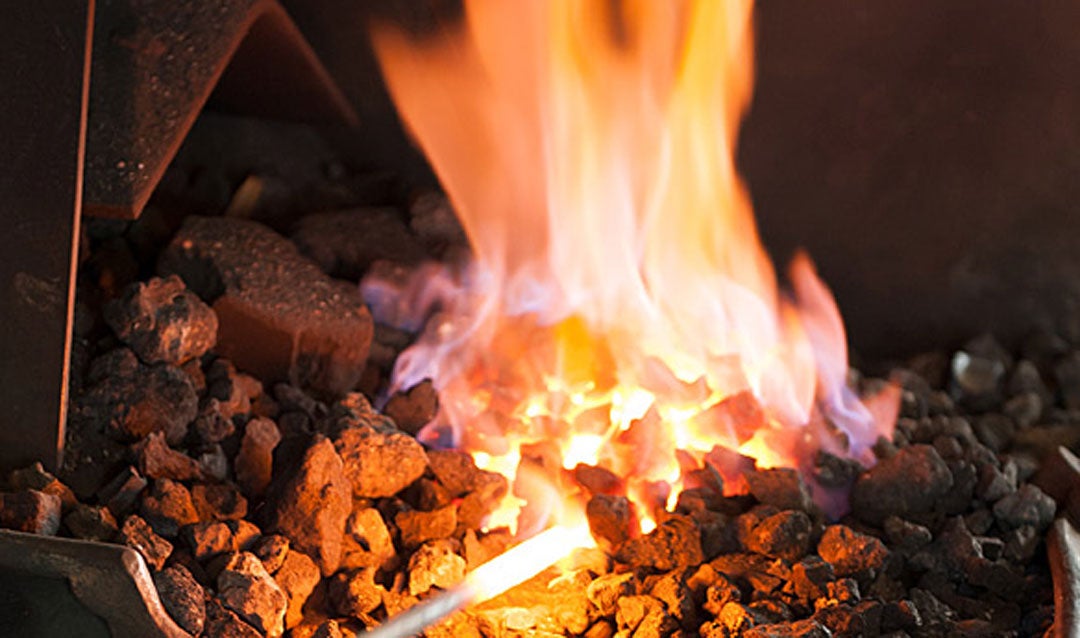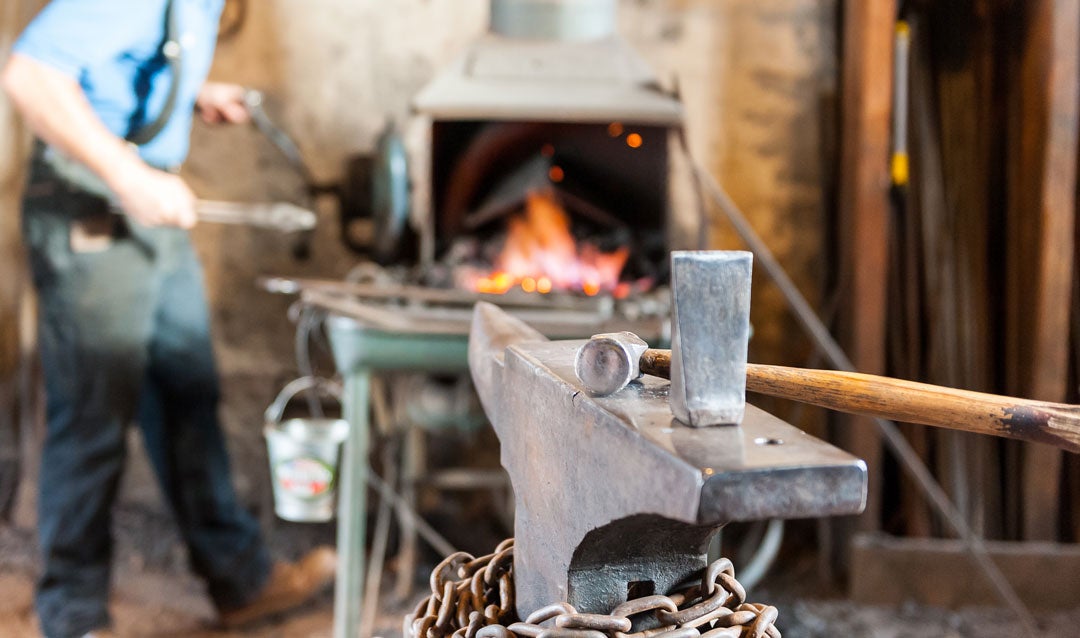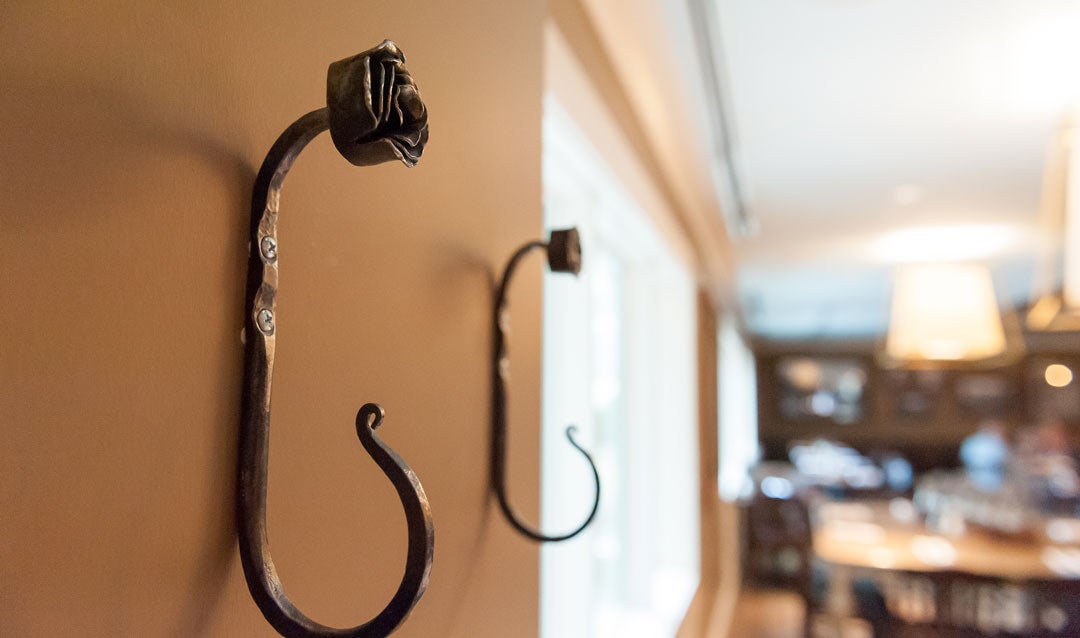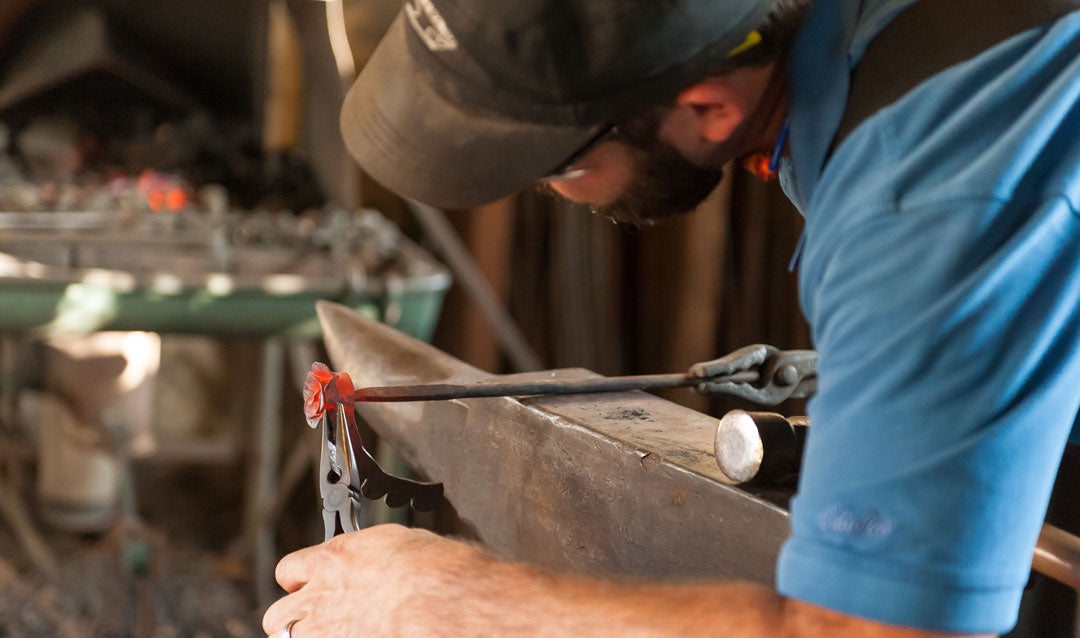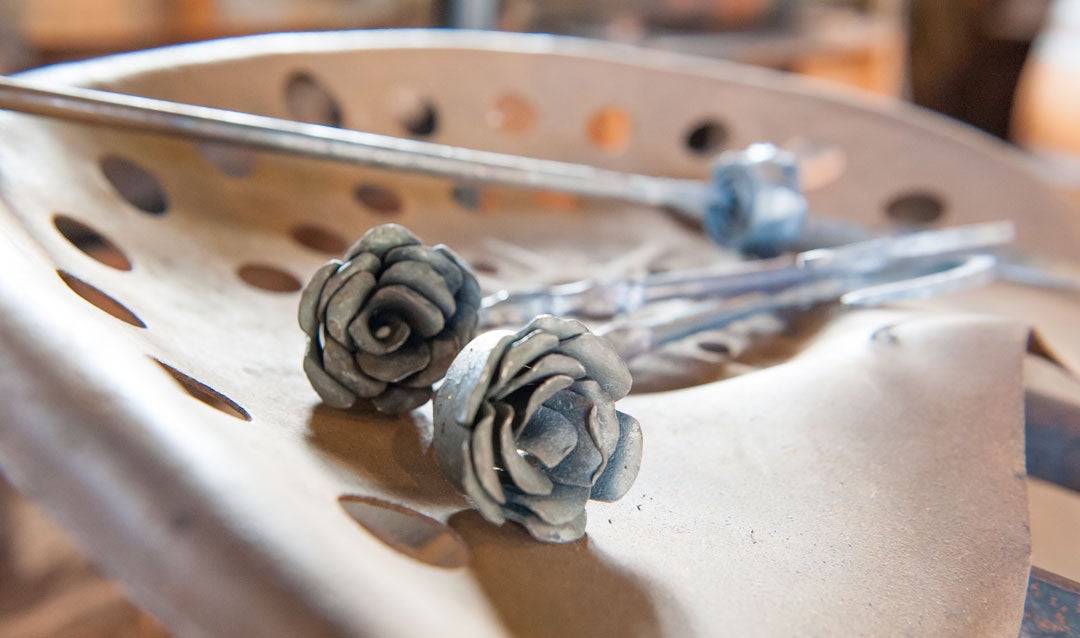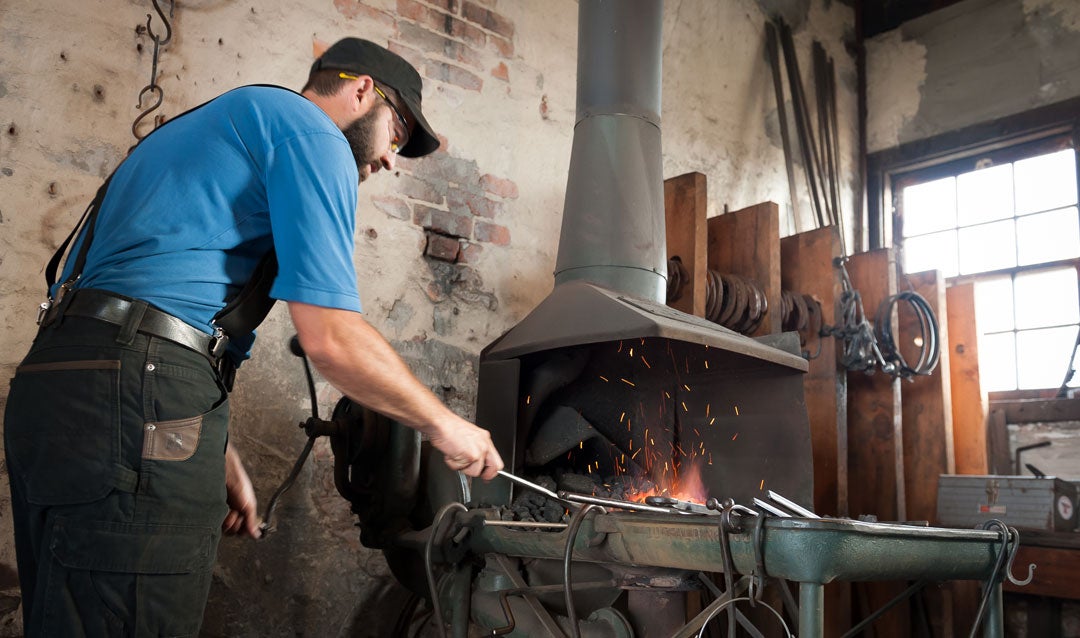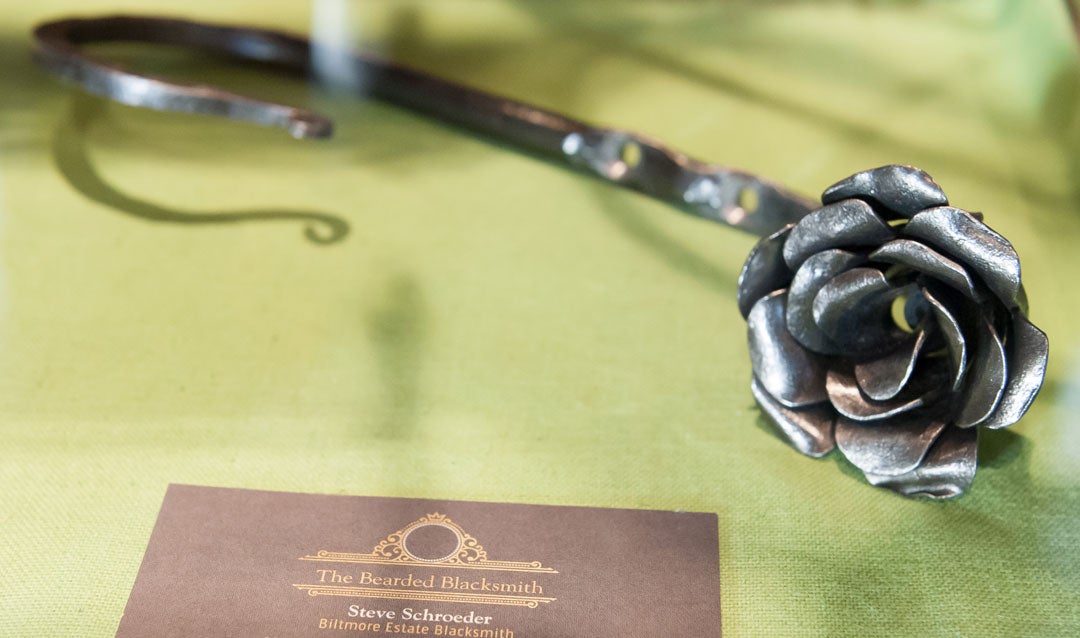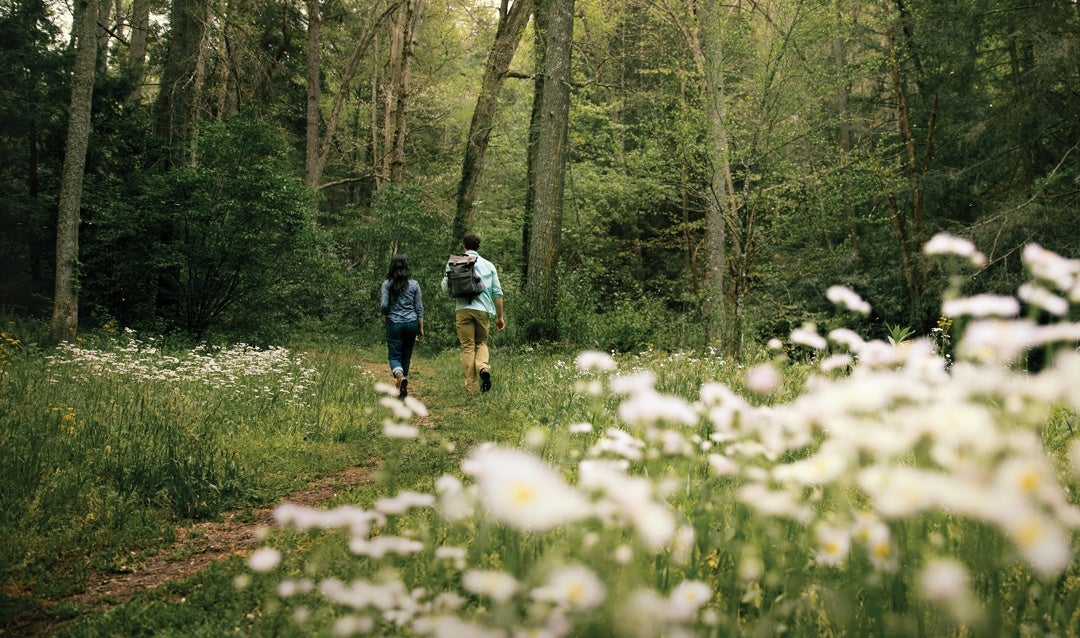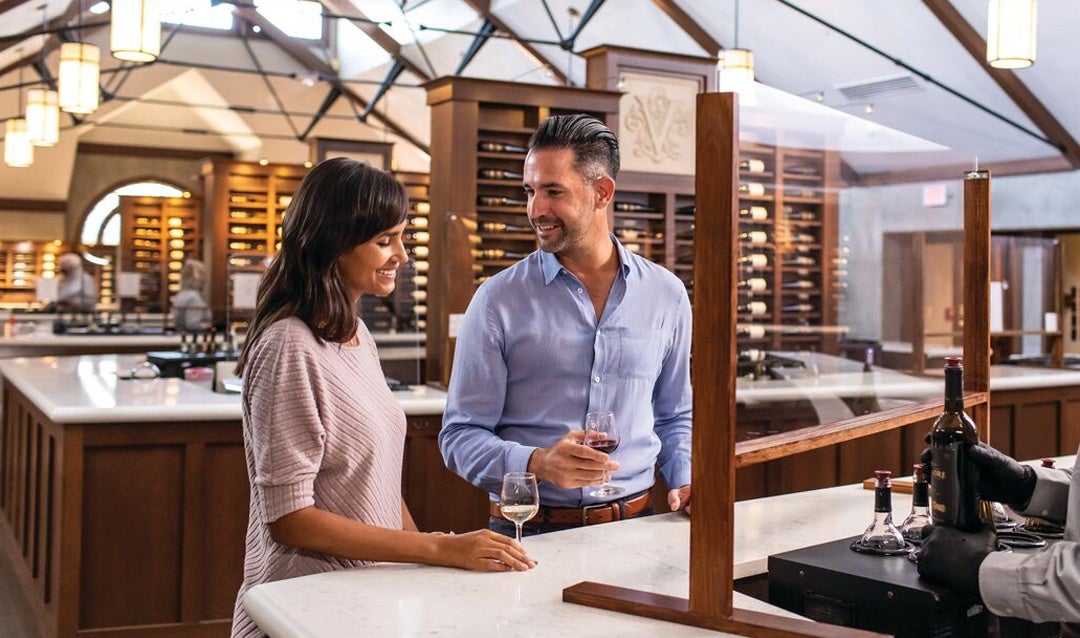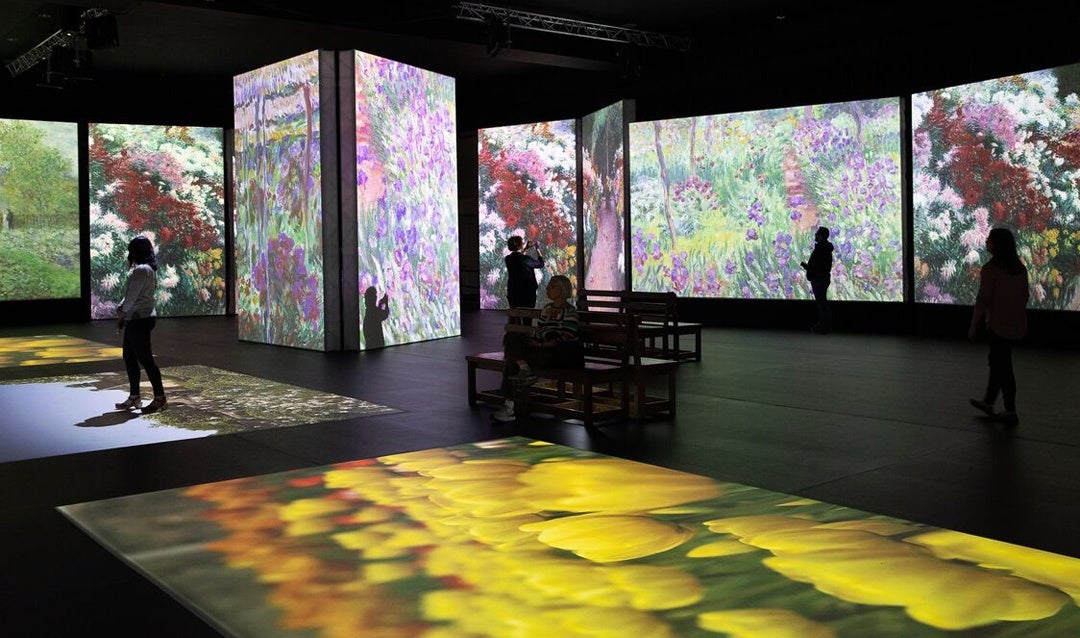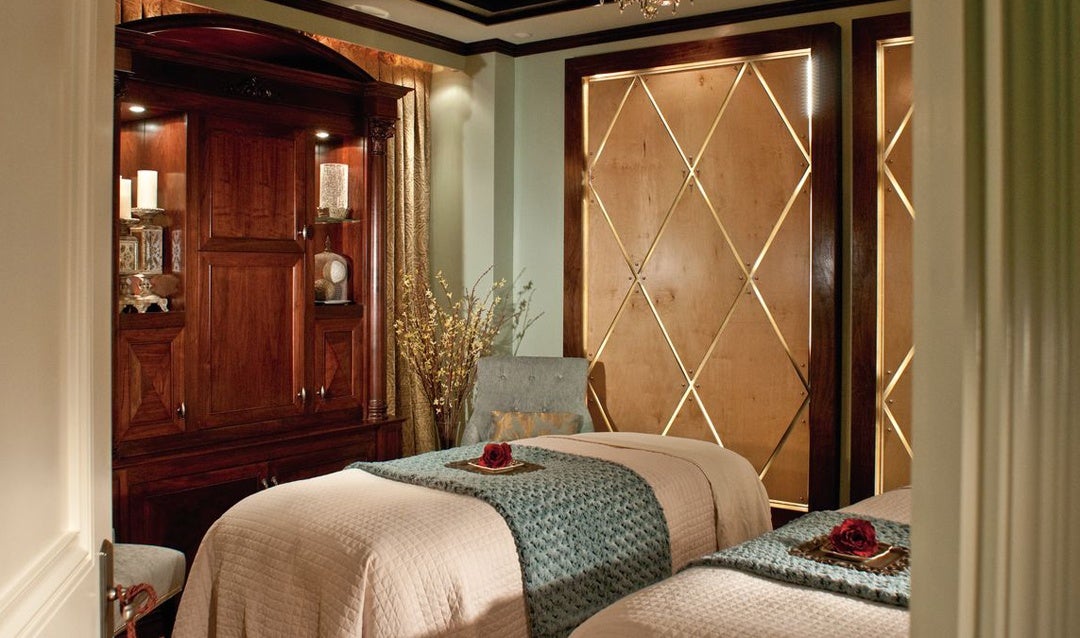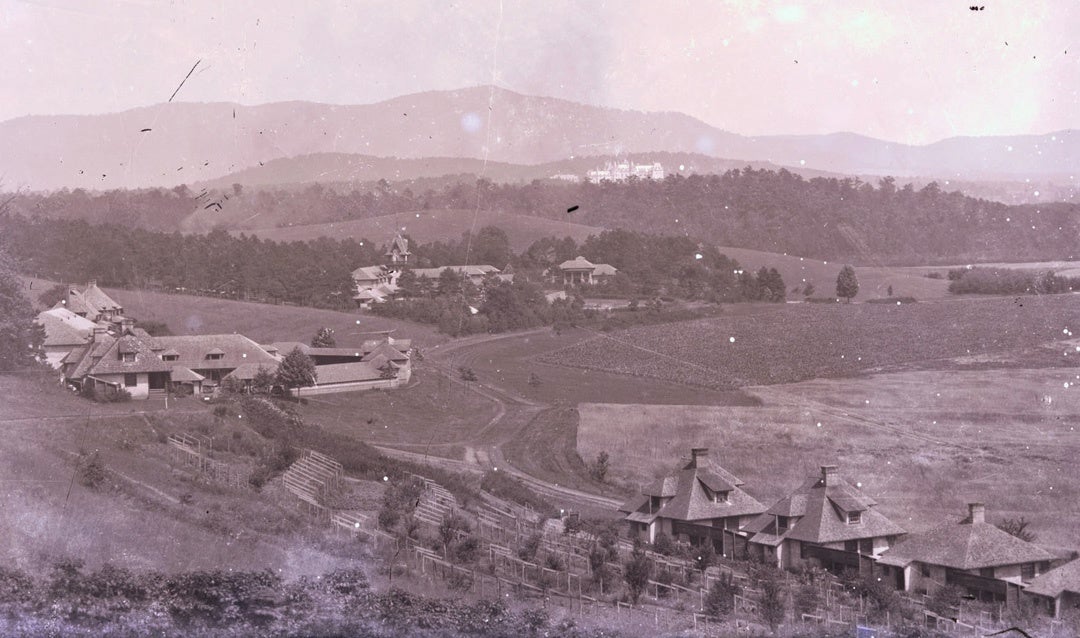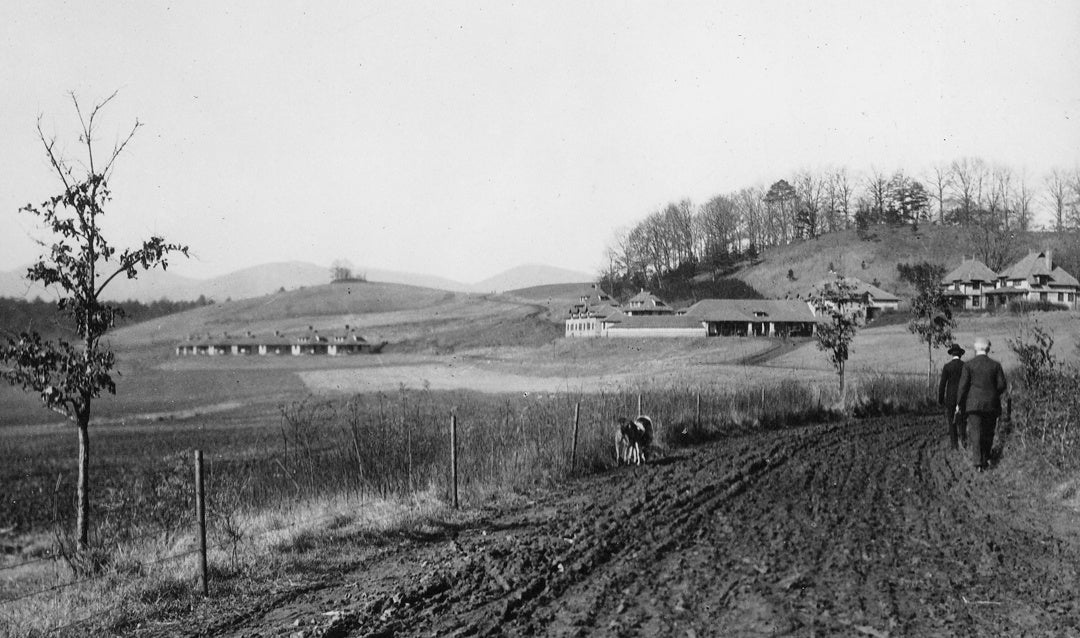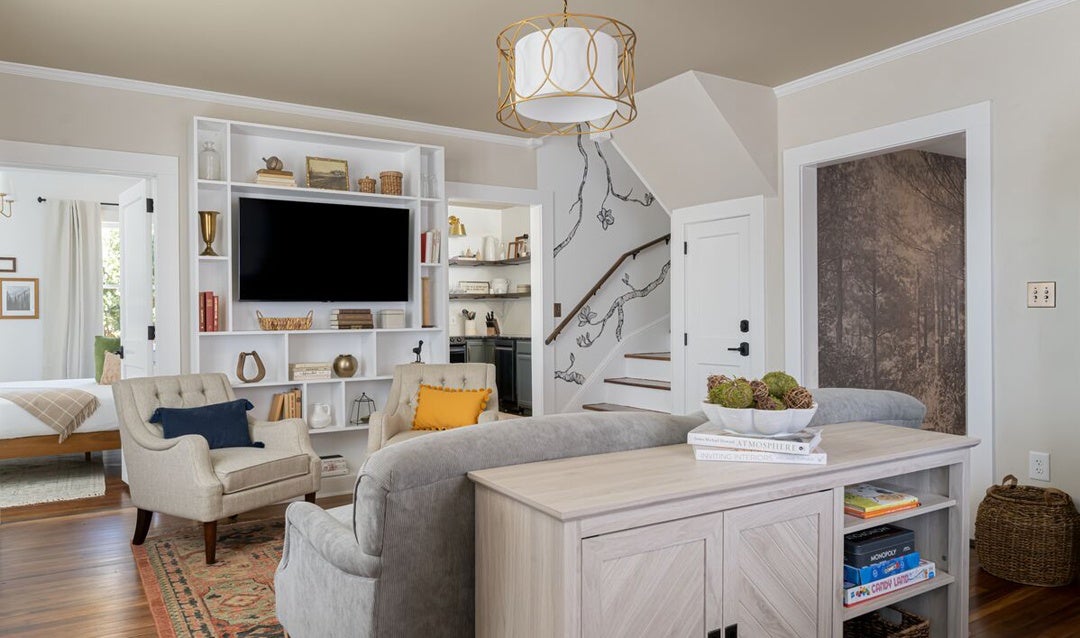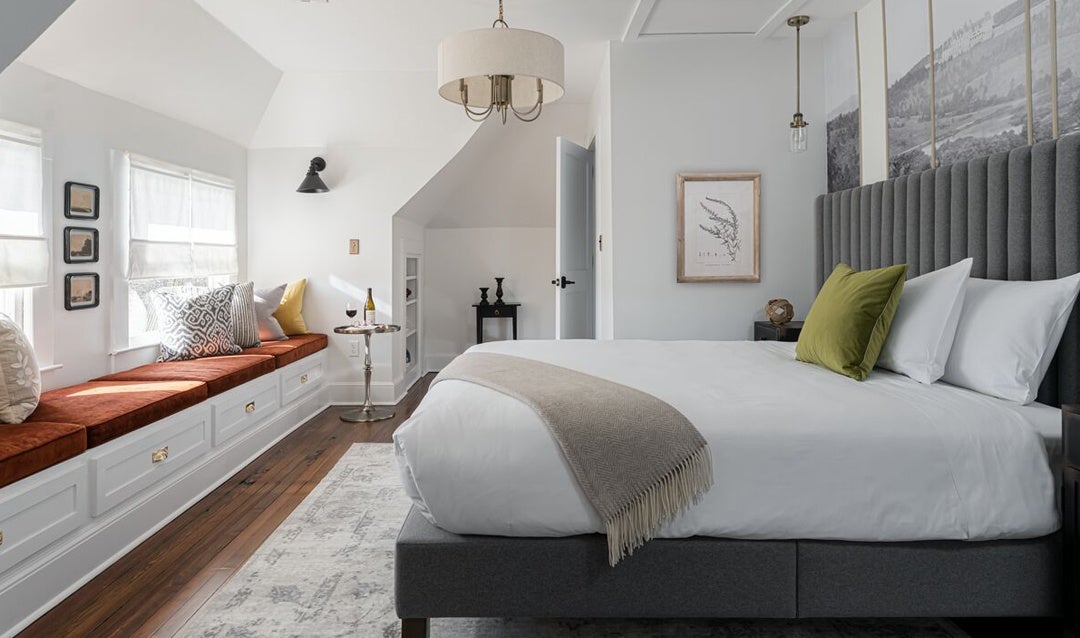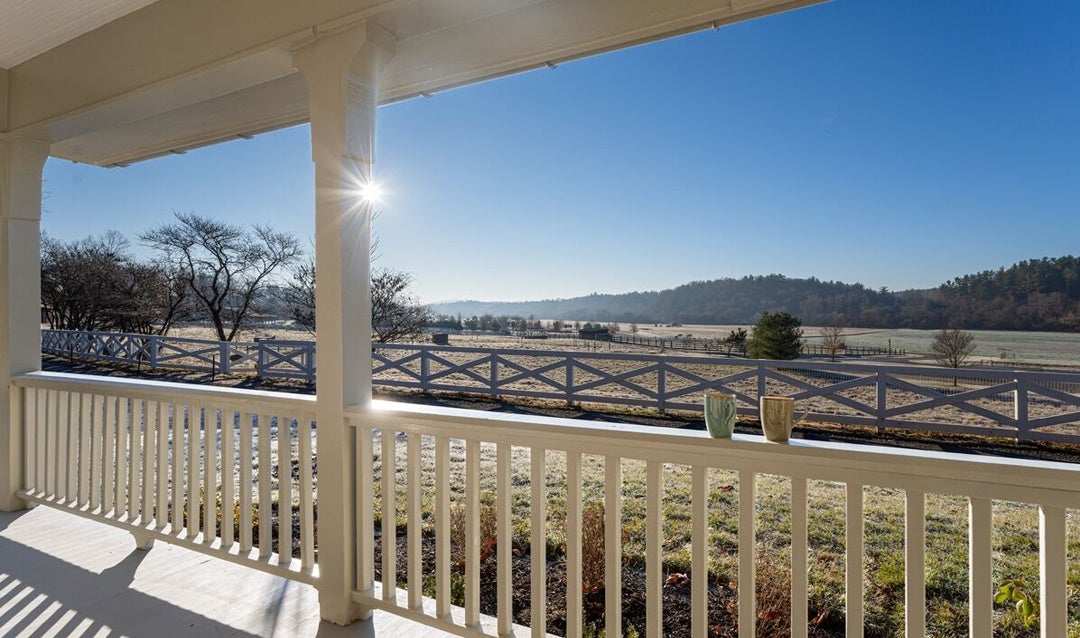Biltmore Estate’s ever-changing autumnal color, plus its many seasonal activities and offerings, make it the perfect home base for a fall visit. While there are certainly more than 8 great reasons to plan a fall visit to Biltmore, like the fact that the season is prime vacation time for those who love “leaf-peeping” in the Blue Ridge Mountains, we’ve compiled a few of our favorite reasons to add Biltmore to your travel list this fall.
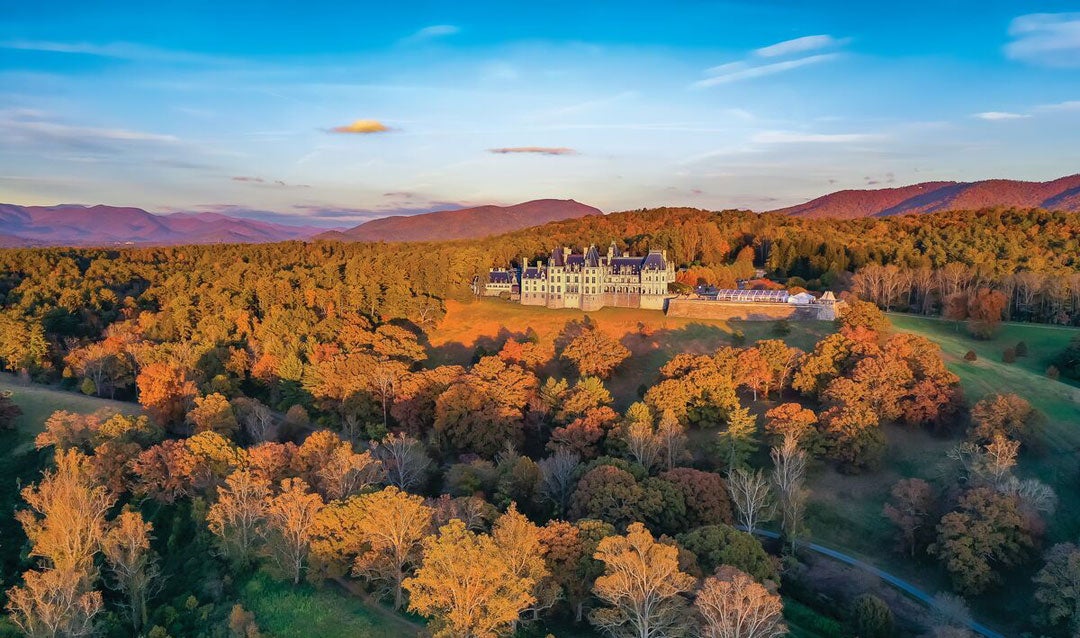
1. A prime location in Asheville, NC
Nestled in the mountains of Western North Carolina, Biltmore is located minutes from downtown Asheville—a vibrant city known for great dining, quaint shops, and its strong arts community—and just a few miles from the Blue Ridge Parkway. In addition to soaking in all that your fall visit to Biltmore has to offer, we recommend enjoying the natural beauty and history of the surrounding area, including Pisgah National Forest.
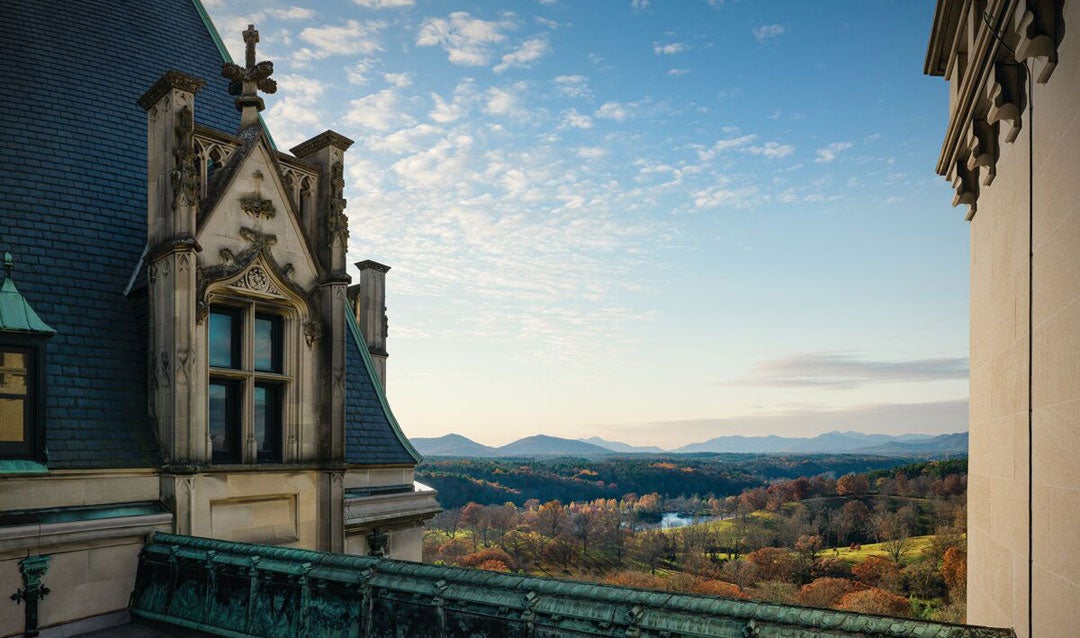
2. Long-range views from the rooftop of America’s Largest Home®
Discover spectacular views boasting every shade of fall color as far as the eye can see from Biltmore’s rooftops! This guest-favorite guided tour offers wildly impressive photo ops—during autumn, especially—and provides a closer look at the design and construction of Biltmore House in areas that many guests never visit.
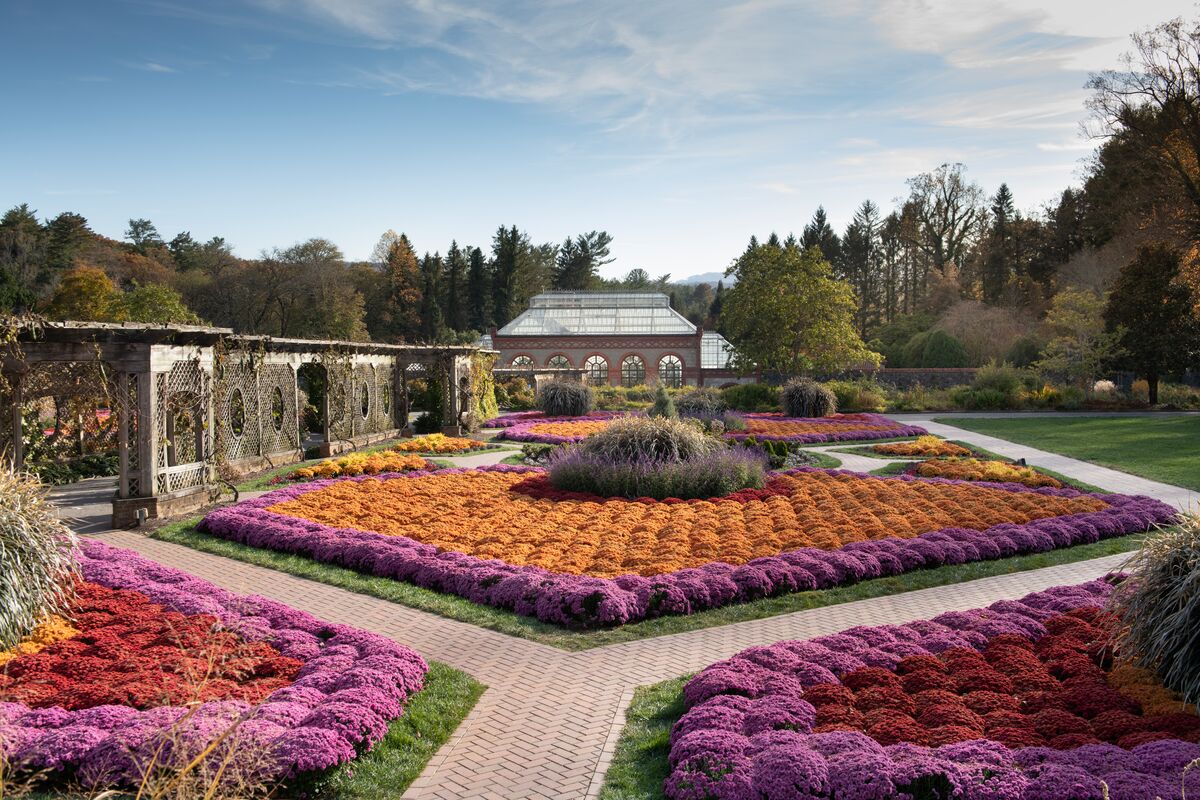
3. A festive display of fall colors
In addition to the ever-changing hues of the surrounding Blue Ridge Mountains, Biltmore’s gardens and grounds come alive with vibrant mums, colorful floral displays, and fall foliage that you will not want to miss! Even though we don’t officially kick off our Christmas season until early November, you’ll also have the chance to catch a sneak peek of what our team has in store for the upcoming festivities during your fall visit to Biltmore!
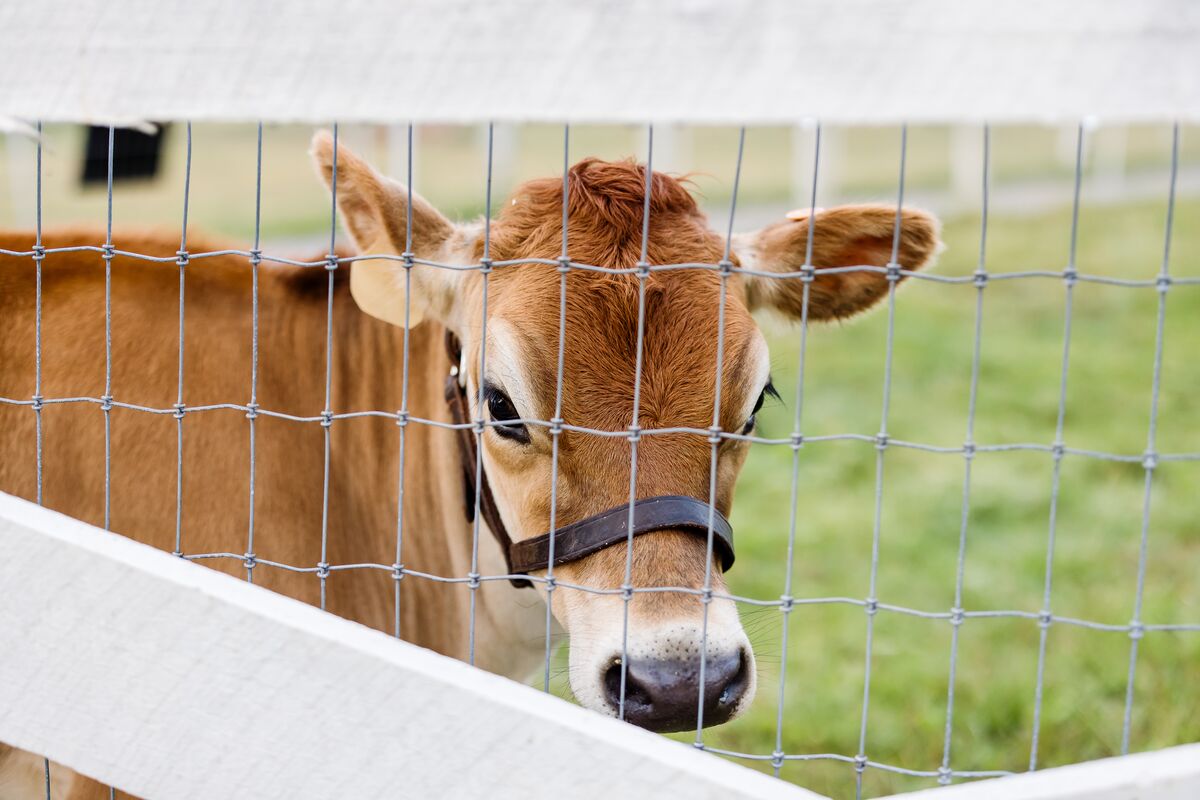
5. Afternoons in Antler Hill Village
All aboard for family fun around our charming, European-inspired Antler Hill Village! What better time of year to learn about Biltmore’s farming legacy at Antler Hill Barn and The Farmyard than during harvest season? Savor the bounty of our fields at our estate restaurants and award-winning Winery. Discover stories of the Vanderbilt family and their travels as you experience your own getaway with your loved ones.
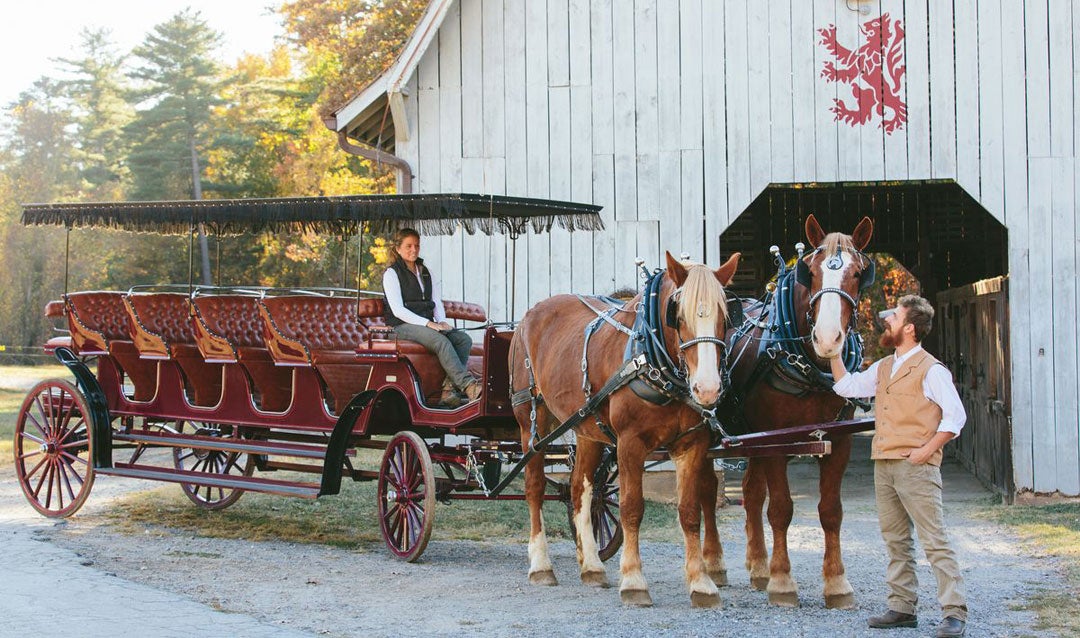
6. Outdoor adventures for all
A fall visit to Biltmore beckons you to enjoy the crisp air and glorious fall colors of our great outdoors! Go hiking or biking along our nearly 22 miles of paved and unpaved trails on our private, 8,000-acre estate. Admire the scenery along the French Broad River, through lush green forests, or in the open meadows of the estate. Stop by the Bike Barn or Outdoor Adventure Center in Antler Hill Village for a detailed trail map and orientation. Whether you prefer a relaxing journey in an elegant Carriage Ride or Horseback Trail Ride, few things are as majestic as traveling our woodland trails enveloped in fall color.
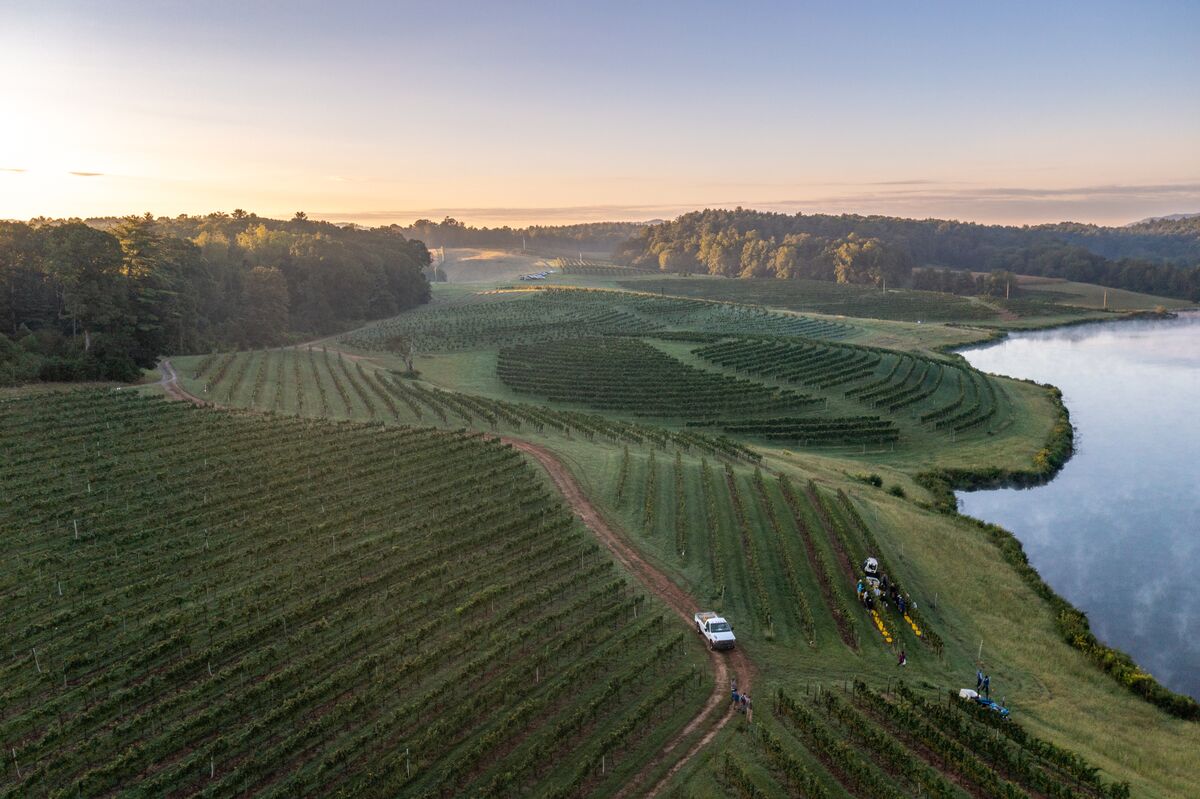
7. Vineyard harvest season
Biltmore’s bounty takes center stage at the Winery in Antler Hill Village as we celebrate the harvest season. Savor complimentary tastings of handcrafted wines and learn how science and nature intersect as you learn about the estate’s vineyards, discover the unique factors that affect grapes grown in North Carolina, and take an in-depth look at our winemaking process.
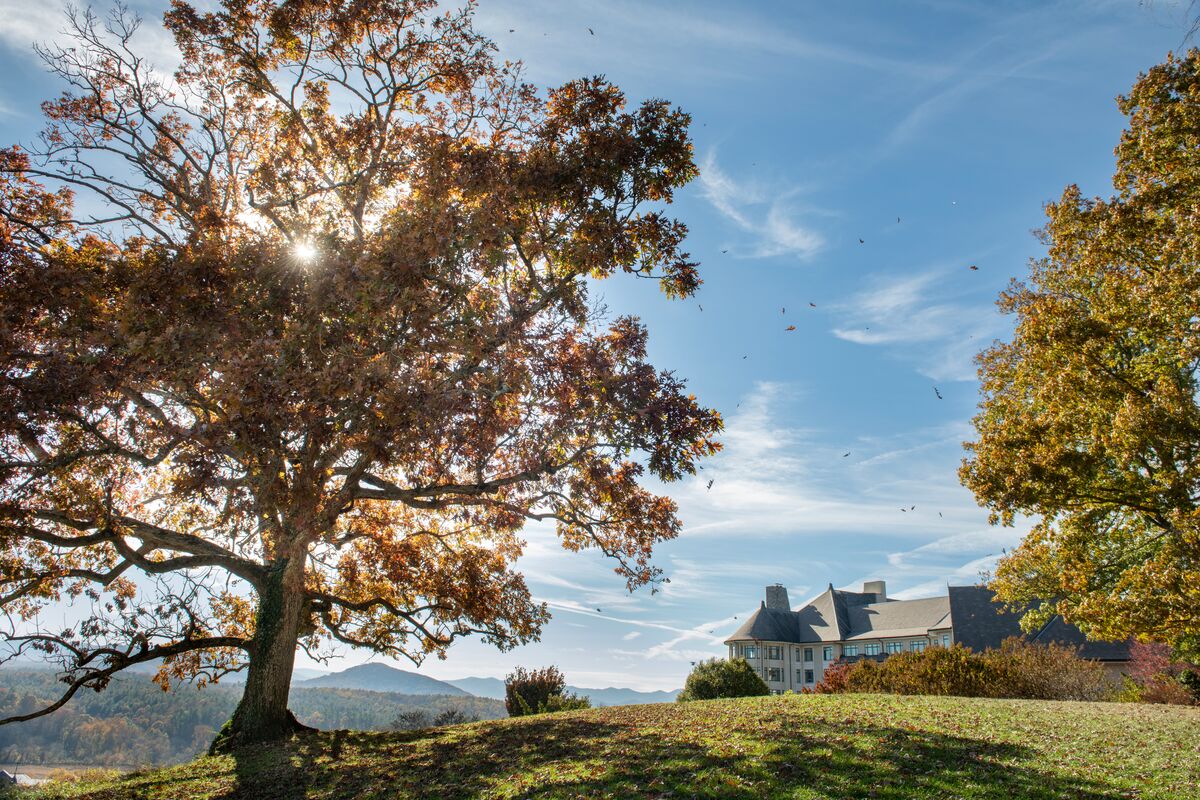
8. The ultimate fall getaway
An overnight stay on Biltmore Estate offers the unique experience of waking up with sprawling autumnal beauty just outside your door. Enjoy warm hospitality in a relaxed and welcoming atmosphere at the charming Village Hotel, experience world-class service with a luxurious four-star stay at The Inn, or truly get away this fall with a stay in one of our private, historic Cottages.
Plan your getaway and discover for yourself why Biltmore is the perfect home base for your fall visit and year-round with an Annual Pass membership.
